We’re settling into the long Easter break, and it looks like we’re going to get lucky on the weather this year. As the whole break is five days long and since we don’t have a summer allotment or seaside cottage to open up, we’ll be in the area, which is having me think about various things we can do out and about that will help us enjoy whatever we can get of the early springtime sun. All the of the seasonal things to do in Copenhagen aren’t quite open but a good number of them open up or have special events for Easter break – like the Frilandsmuseet in Lyngby.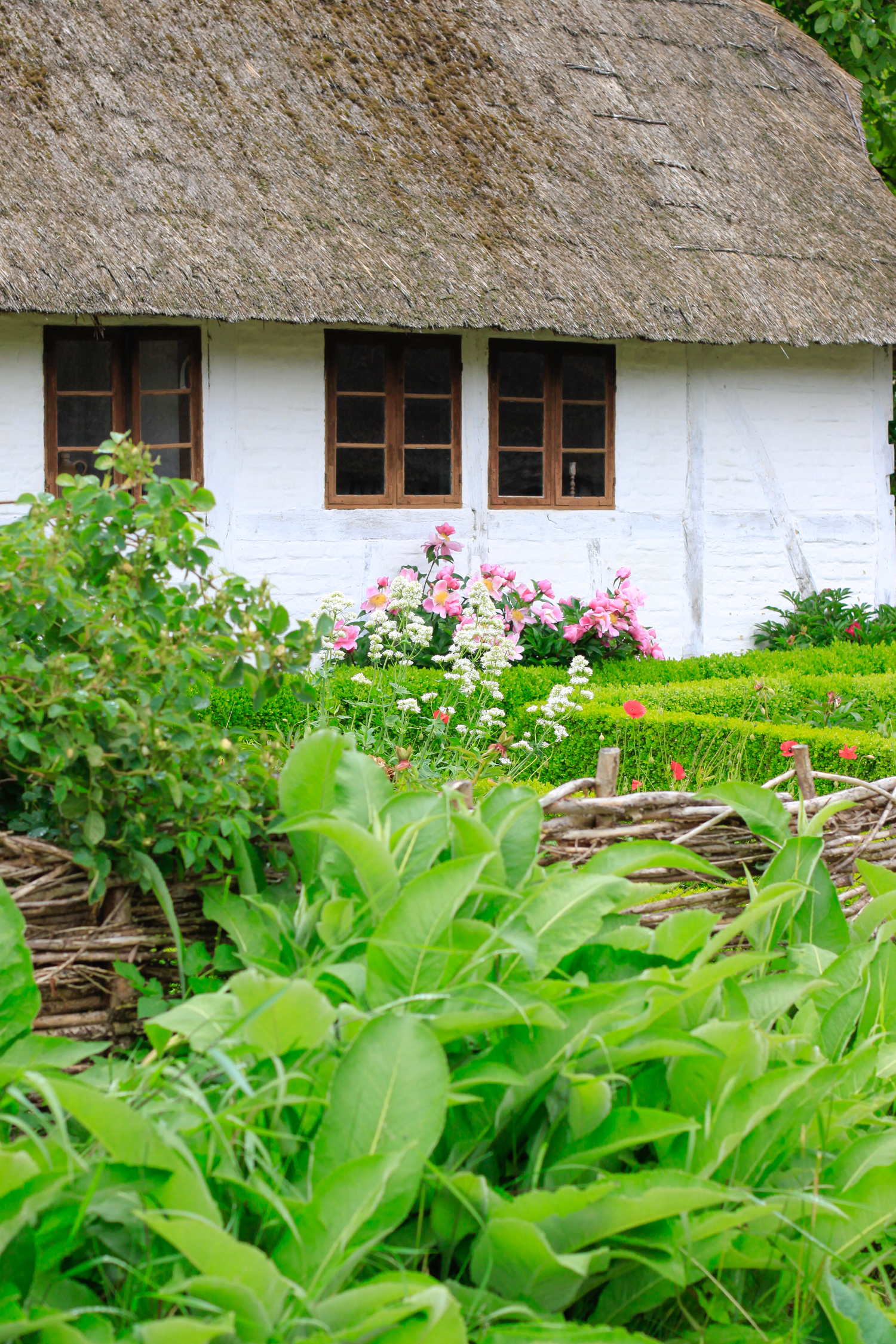 The Frilandsmuseet, or Open Air Museum, is just outside of town (and not too far from us) and is mainly a collection of different types of Danish houses from different time periods, with a few windmills throw in for spice. We go relatively often during the summer (when these photos are from) and Christmastime so we’ll be eager to see our favorites over this Easter break.
The Frilandsmuseet, or Open Air Museum, is just outside of town (and not too far from us) and is mainly a collection of different types of Danish houses from different time periods, with a few windmills throw in for spice. We go relatively often during the summer (when these photos are from) and Christmastime so we’ll be eager to see our favorites over this Easter break.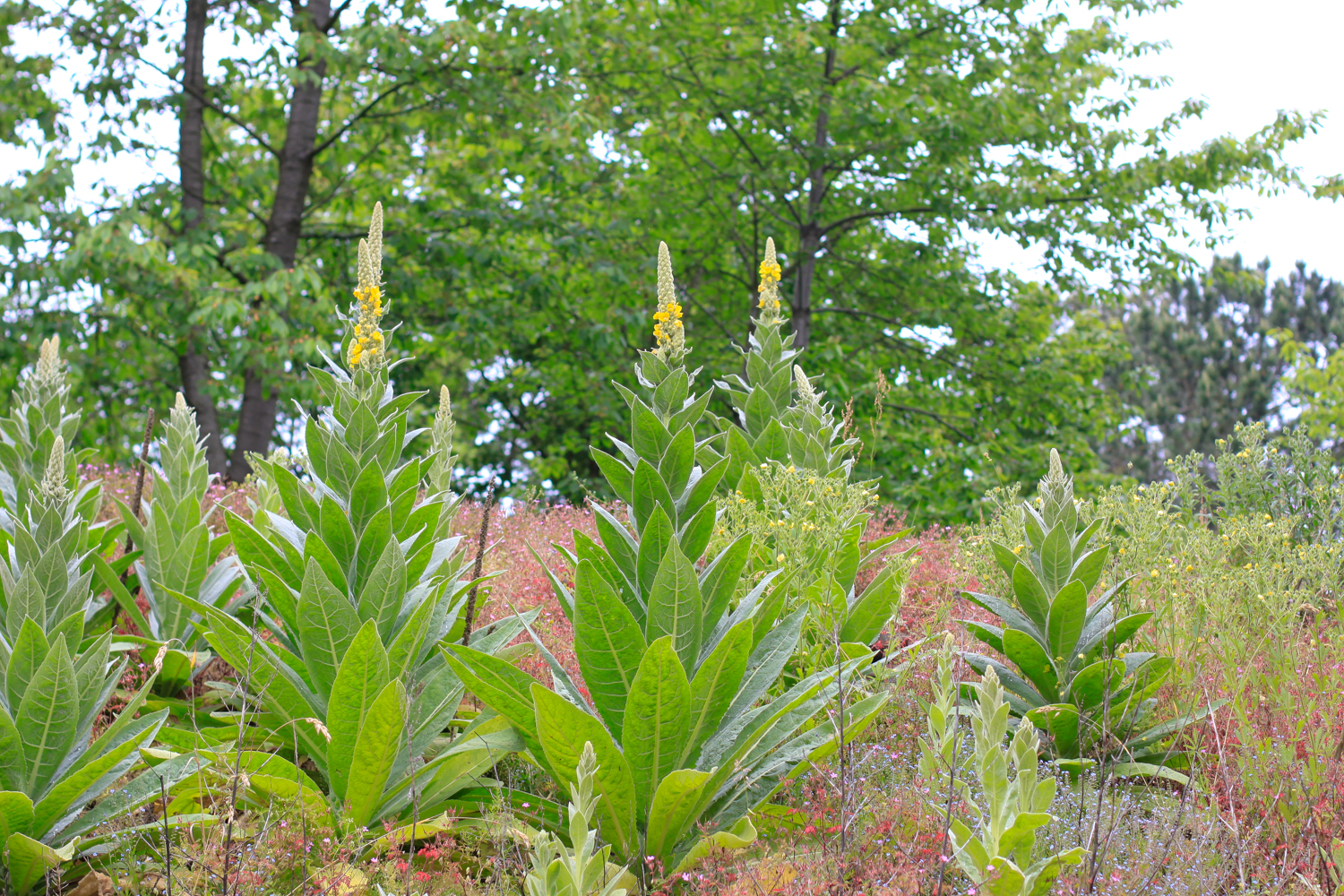
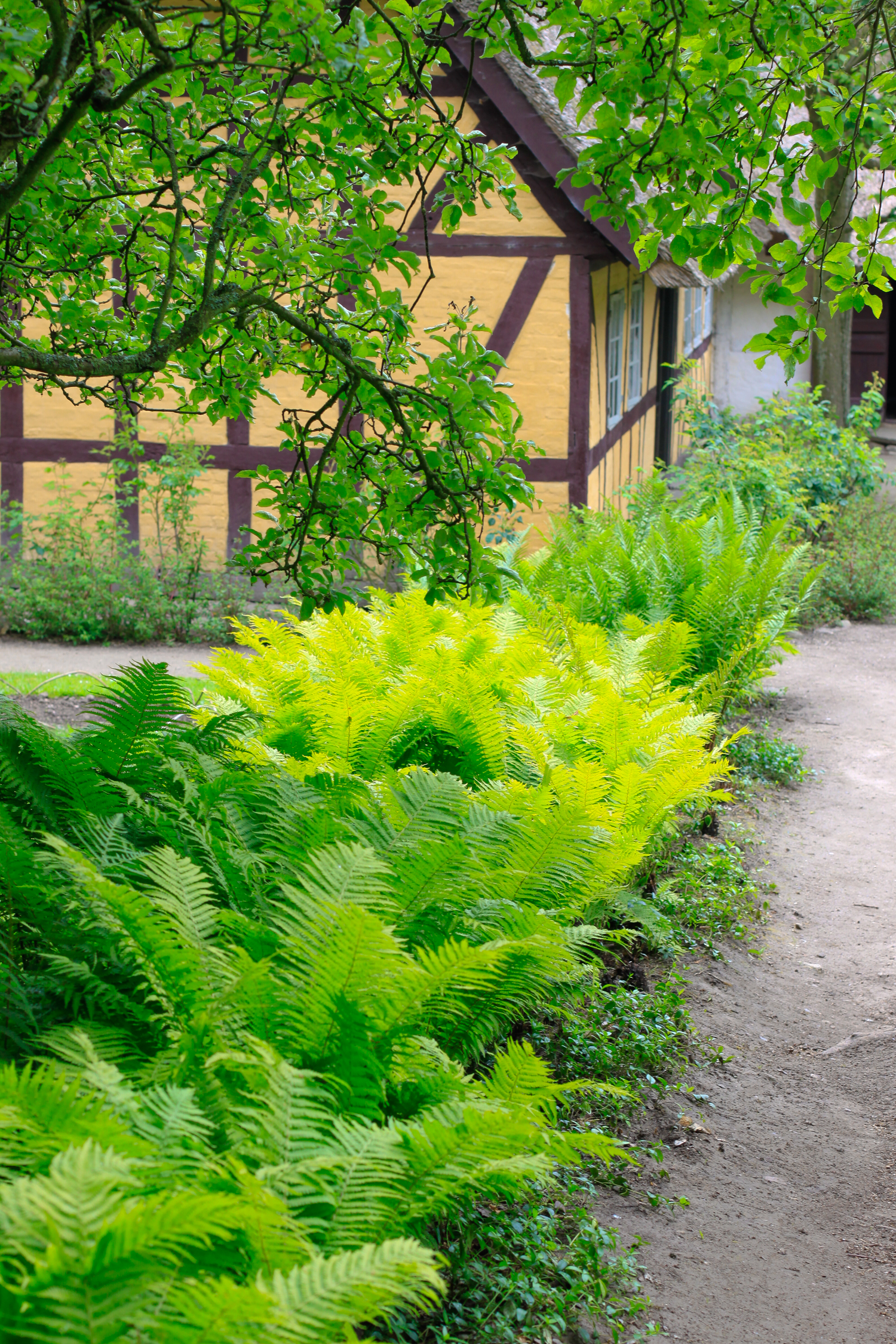
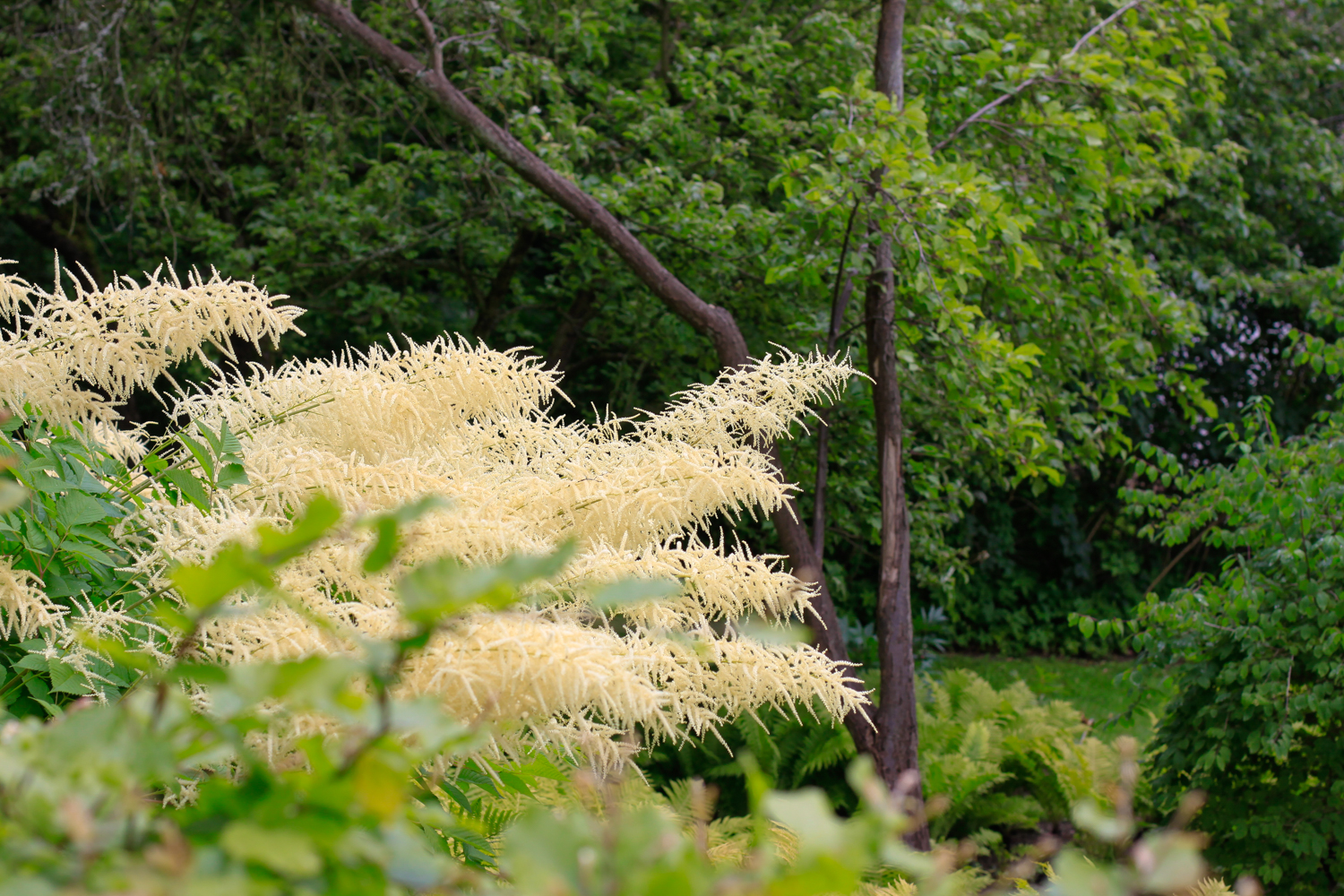
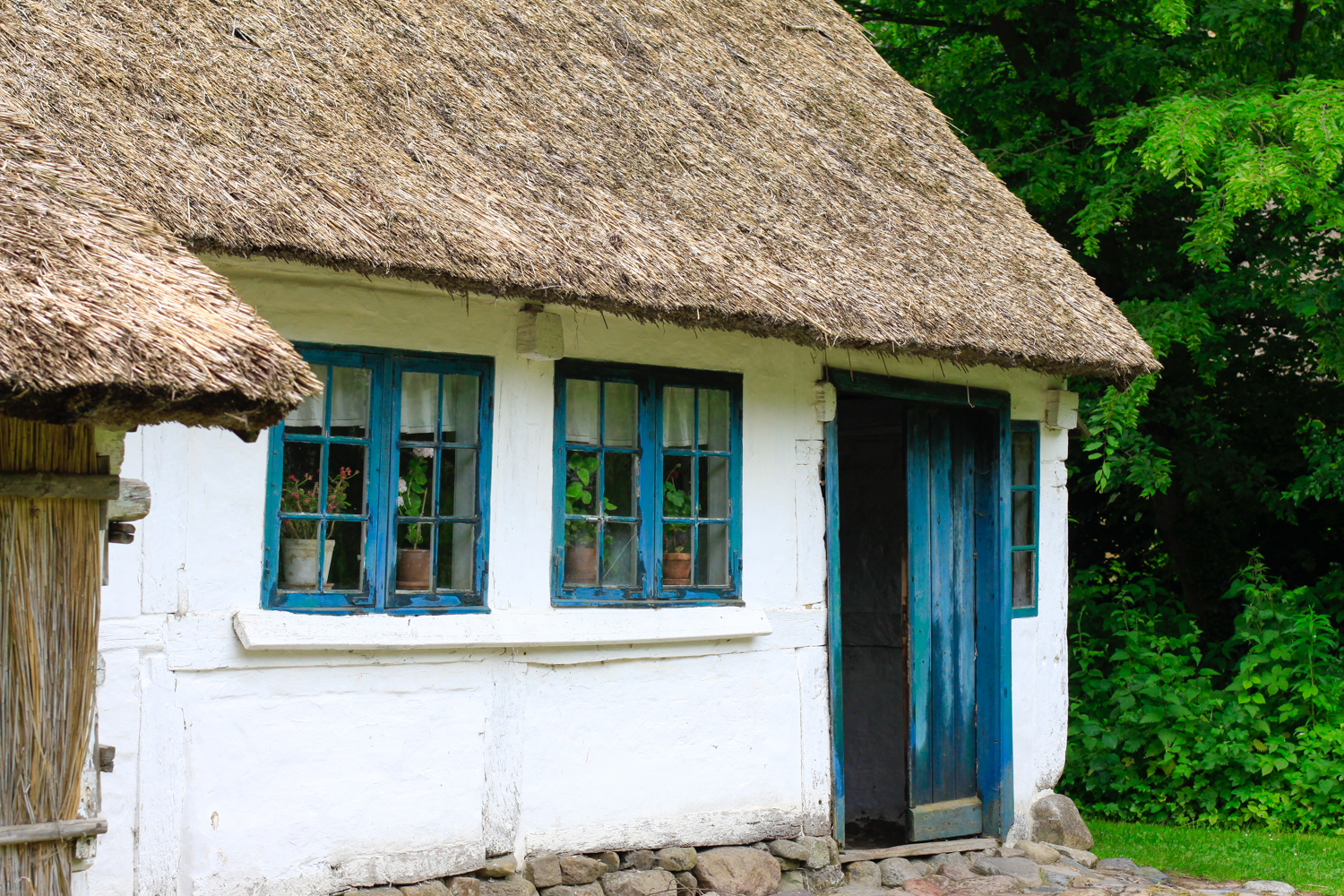 But the real winner here is the sheer amount of vast outdoor space with trails and paths that let your little ones run wild – the houses are just mostly historical artifacts for you to admire on the horizon as you try and figure out where your children ran off to before you could tell them to slow down.
But the real winner here is the sheer amount of vast outdoor space with trails and paths that let your little ones run wild – the houses are just mostly historical artifacts for you to admire on the horizon as you try and figure out where your children ran off to before you could tell them to slow down.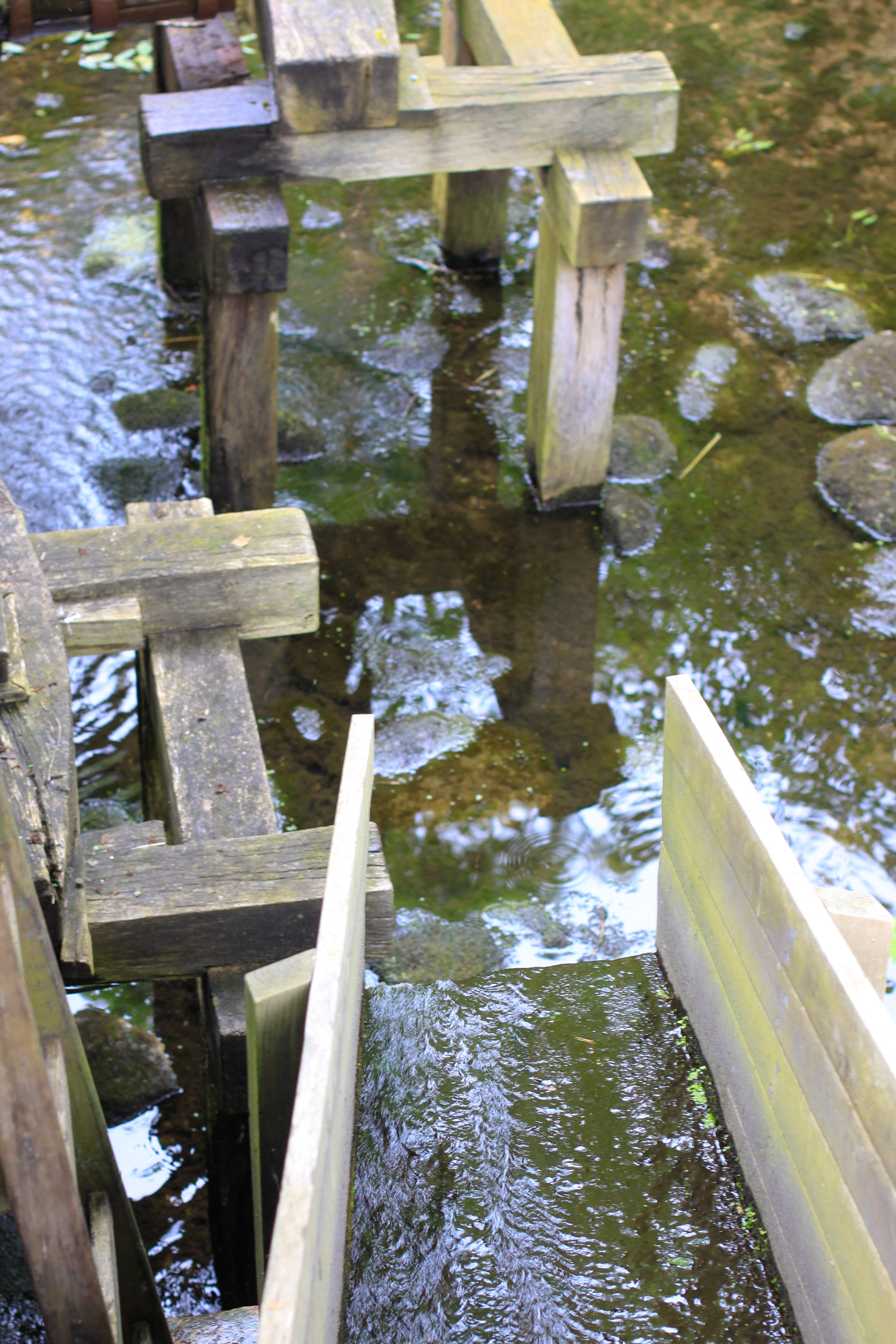
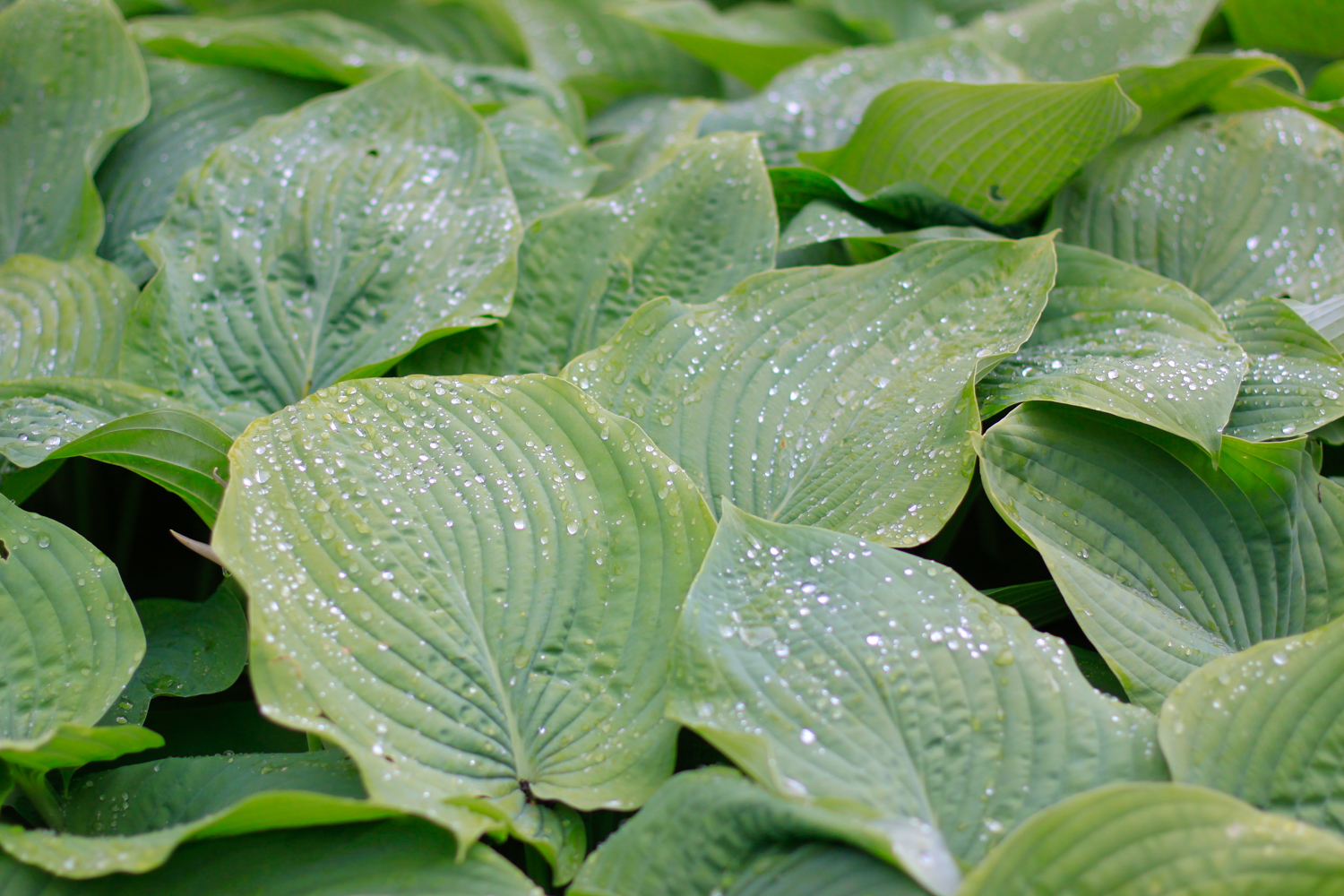
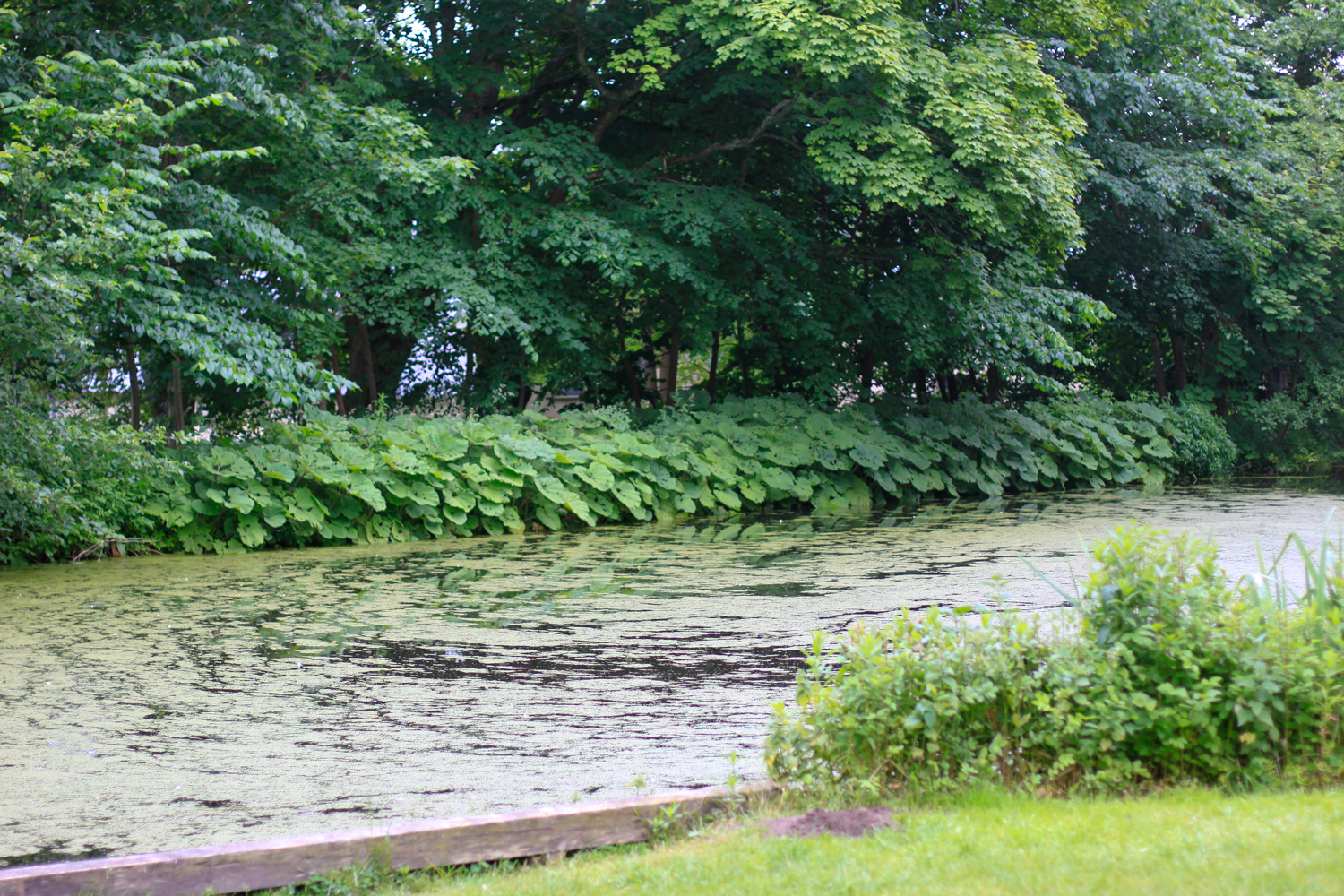 There are a few animals about, and sometimes people milling around in historical costumes for various talks or demonstrations as well. From what I can tell in google translate, they’ll also be operating the kitchen to demonstrate historical Danish foods associated with the holiday – as usual, Danes have a specific dish to go with everything!
There are a few animals about, and sometimes people milling around in historical costumes for various talks or demonstrations as well. From what I can tell in google translate, they’ll also be operating the kitchen to demonstrate historical Danish foods associated with the holiday – as usual, Danes have a specific dish to go with everything!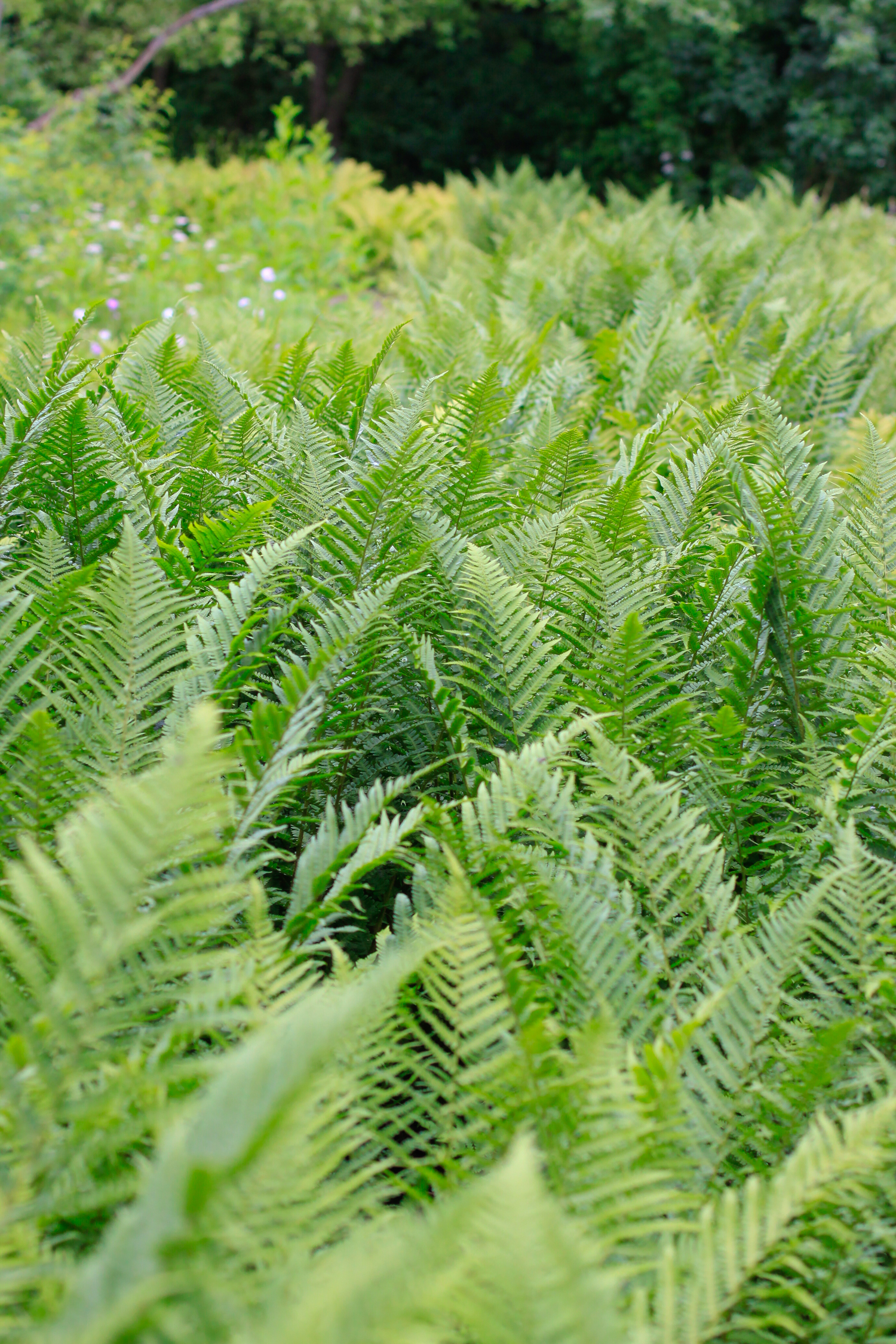
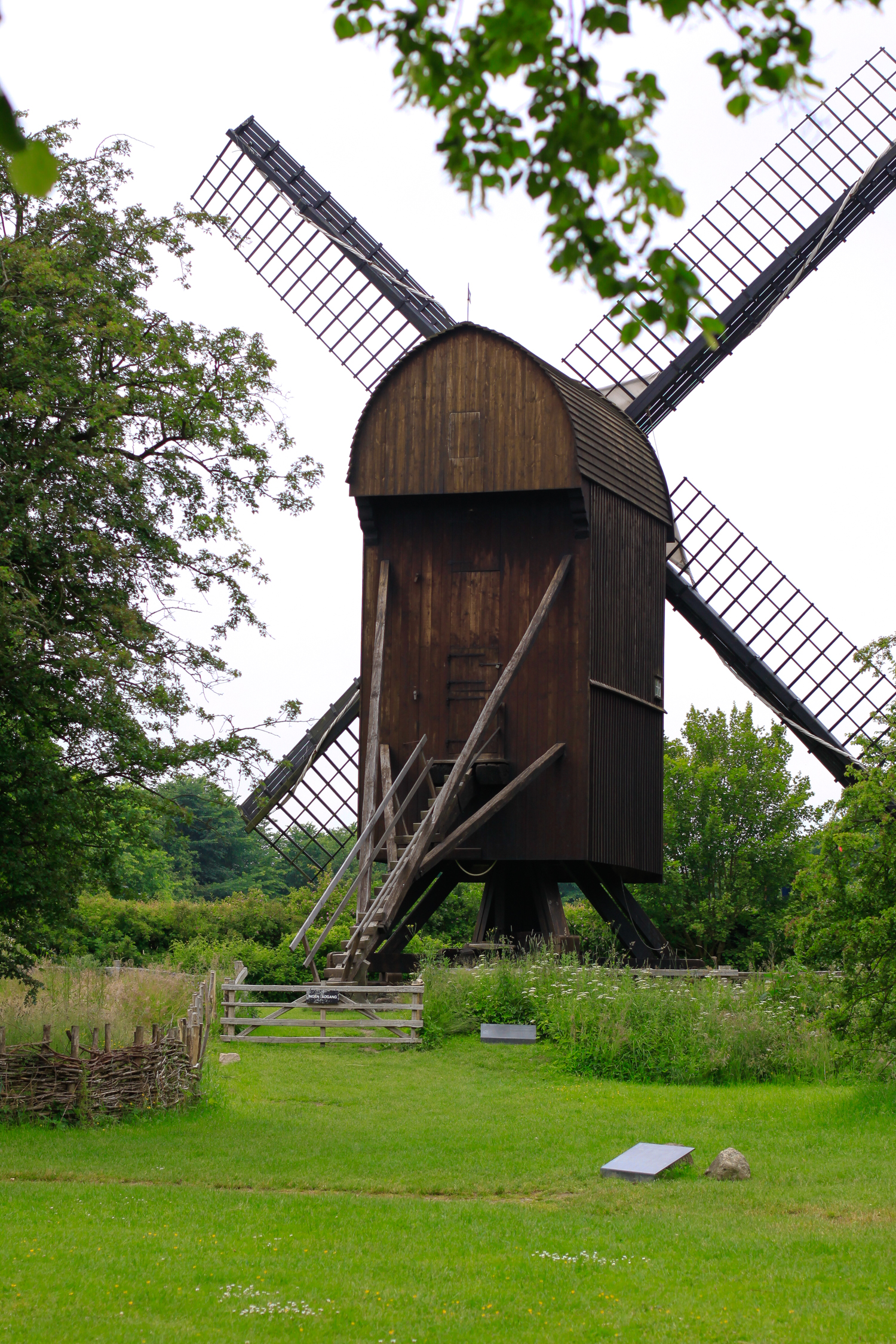 Carriage rides look like they’ll be open and typically, the ponies should be out as well – the website mentions a bit of a scavenger hunt but just a heads up, in our experience, these are typically Danish only so bring your dictionary!
Carriage rides look like they’ll be open and typically, the ponies should be out as well – the website mentions a bit of a scavenger hunt but just a heads up, in our experience, these are typically Danish only so bring your dictionary!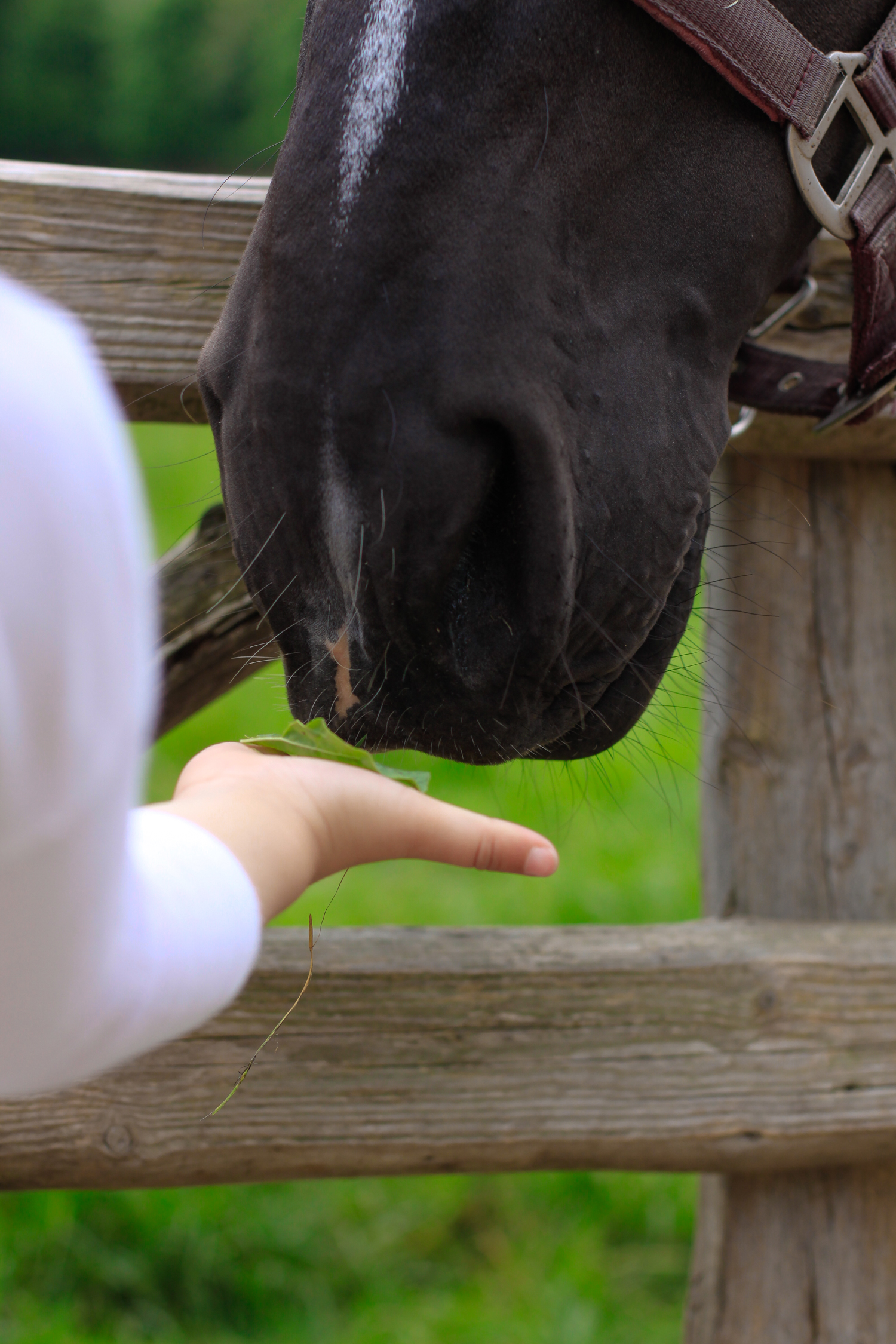
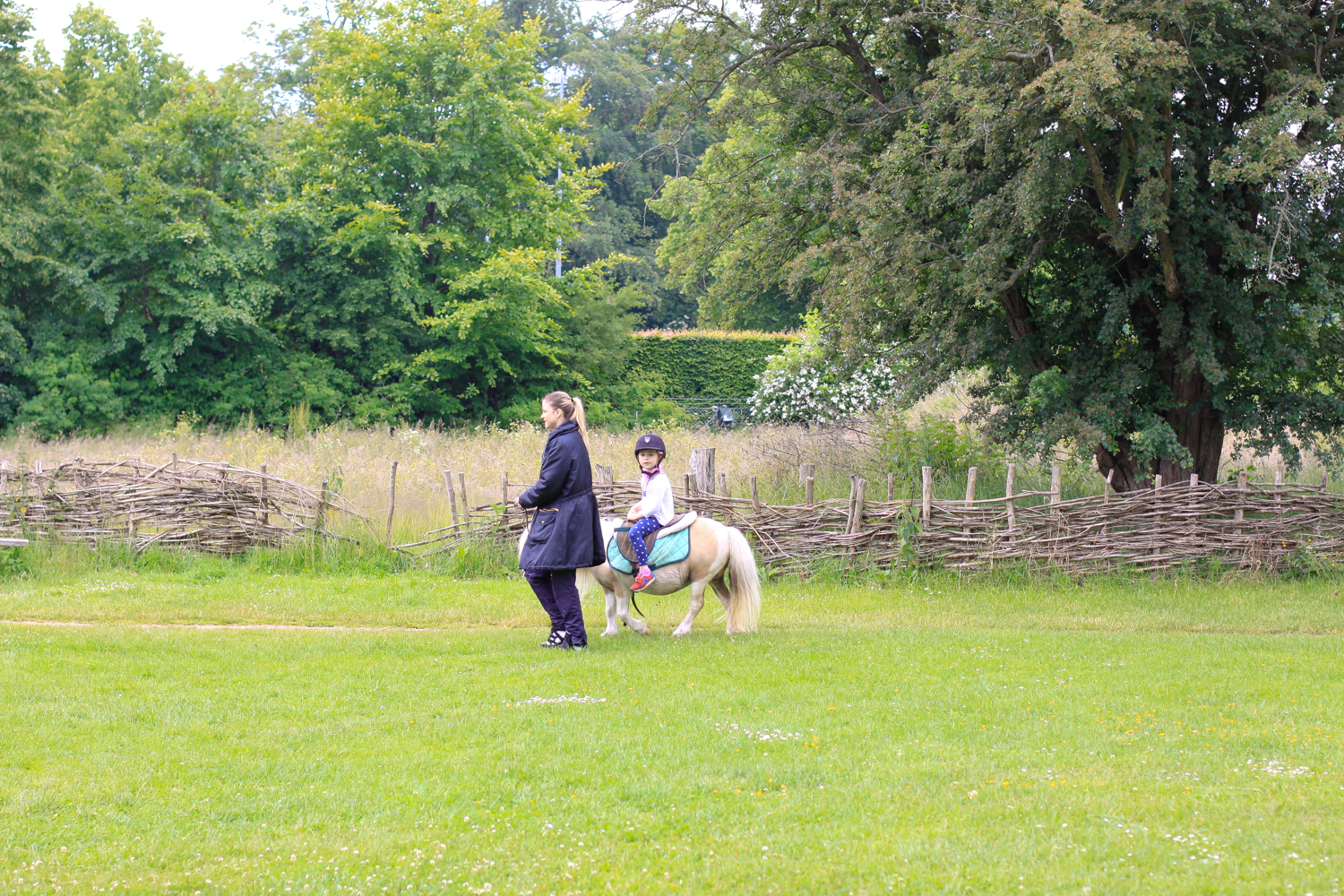
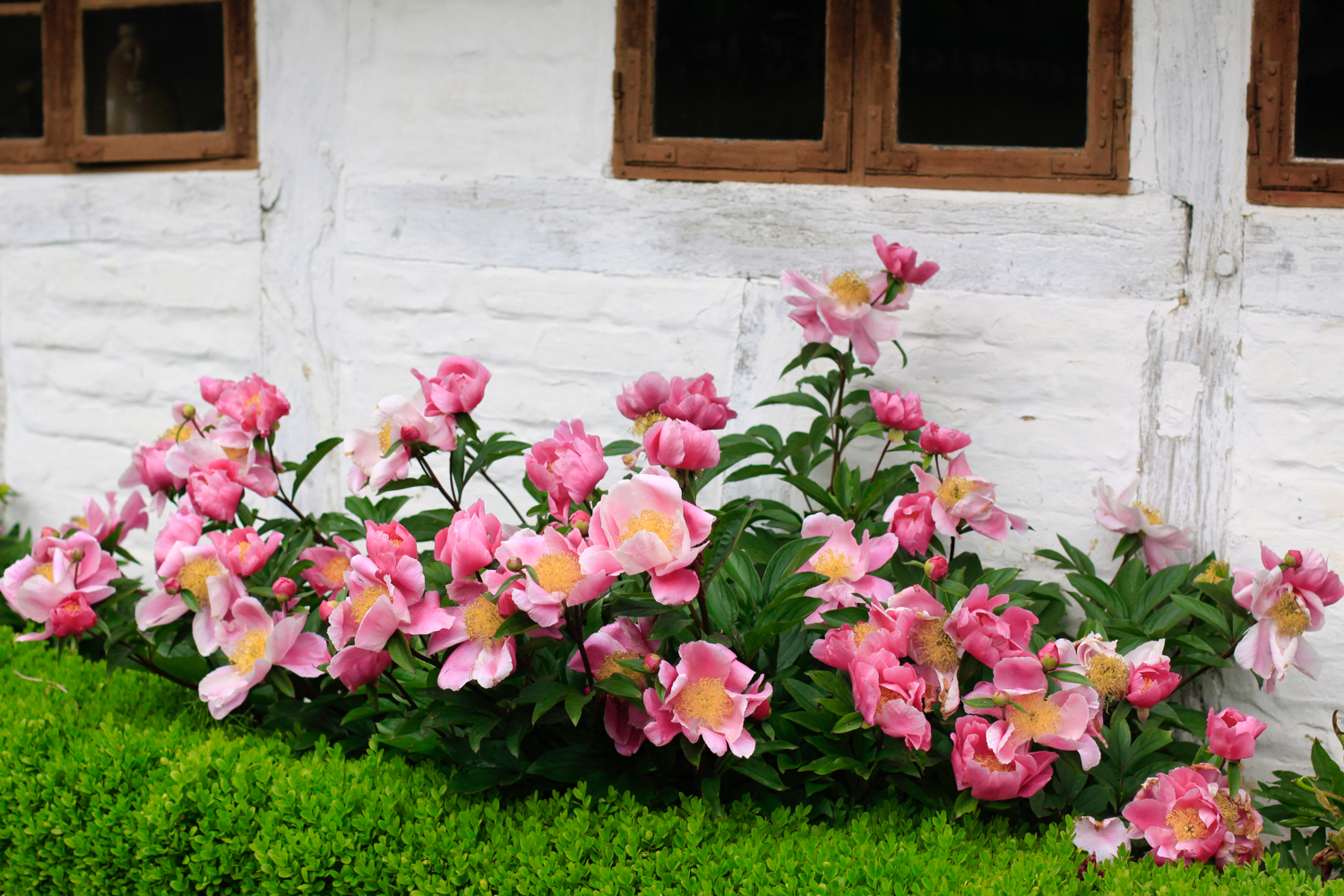 The museum is open this Thursday through Monday and then again after May 1, so this is a chance to get a bit of a jump start some fresh air and an opportunity to convince yourself that spring is just around the corner!
The museum is open this Thursday through Monday and then again after May 1, so this is a chance to get a bit of a jump start some fresh air and an opportunity to convince yourself that spring is just around the corner!
Holidays are a big thing in Denmark, no matter what the season and right about now we are full in Easter and spring time mode. The kiddies at forest school have been busy – I thought I’d share just a few pictures of their recent creations before the upcoming break.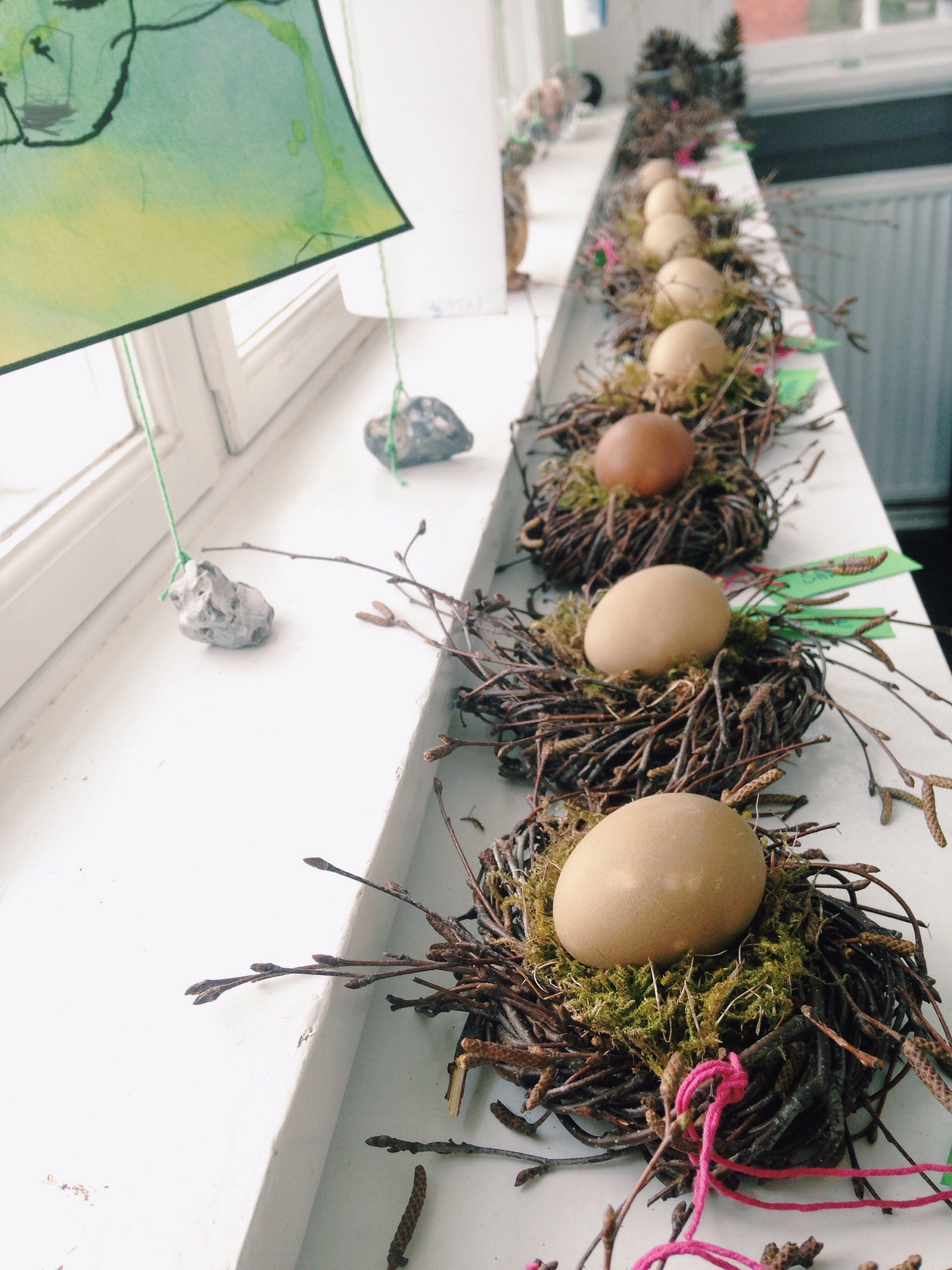
Easter is a huge holiday here in Denmark and although religious in origin, it is now mostly secular. There are still eggs and chocolates and all the forbidden fruits that children love so dearly, but on the whole, I have to say that Easter is much simpler. Which is bit funny since we get so much time off – 5 days to be precise. And it’s one of the few times the school is closed…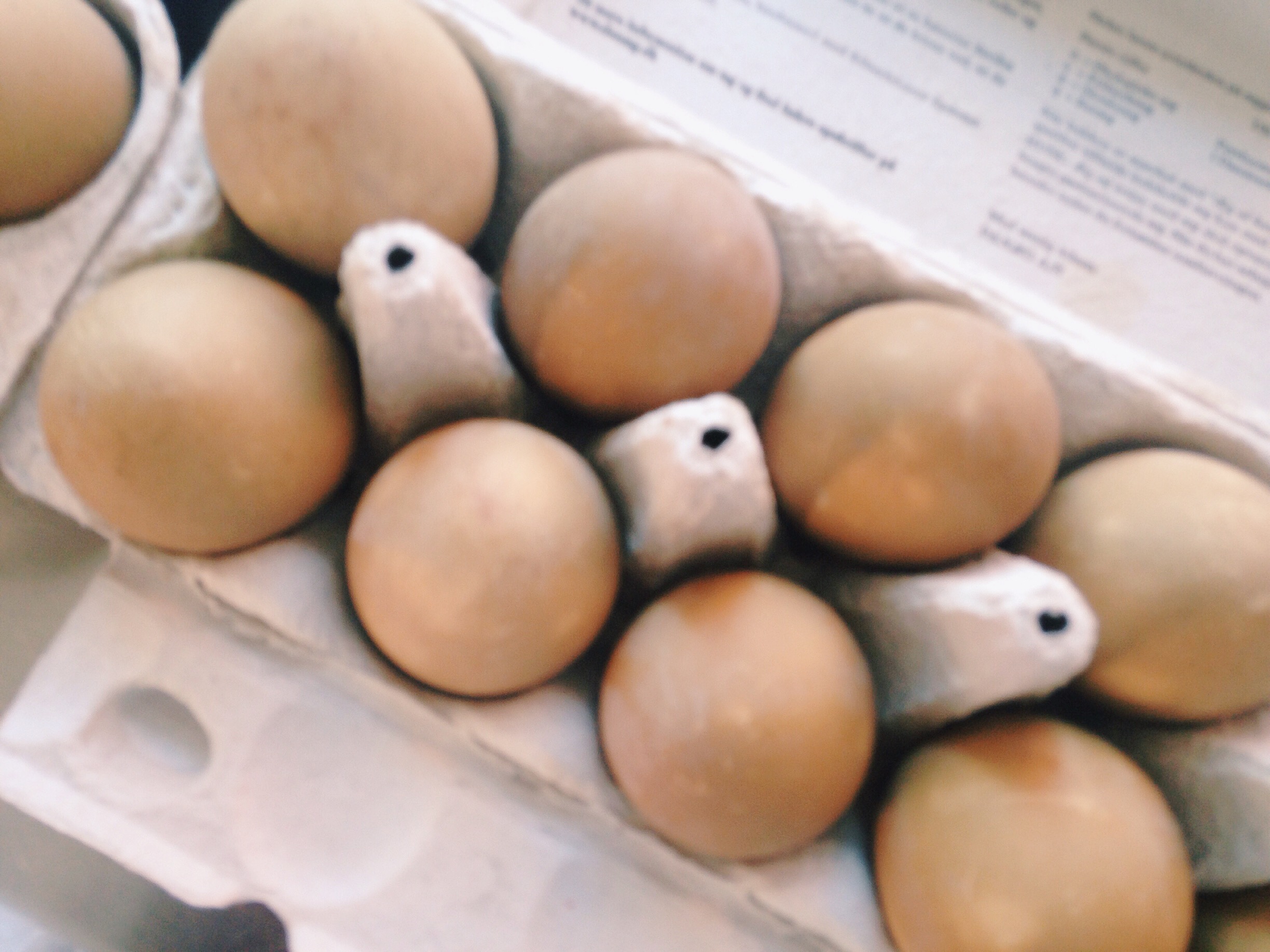 Although the religious components here are nearly gone, the sense of holiday is not. In general, it really does symbolize the transition to spring here (whether the weather is cooperating or not) and so there are lots of decorations of nests and eggs and spring time chicks and birds and bunnies and anything else that symbolizes starting anew. The kids built little moss lined nests to hold a single egg, which they had been dying in various root vegetables in the previous week. Little eggs were painted, and springtime teaser notes cut out. I didn’t get snaps of all of them but a few of the recent ones.
Although the religious components here are nearly gone, the sense of holiday is not. In general, it really does symbolize the transition to spring here (whether the weather is cooperating or not) and so there are lots of decorations of nests and eggs and spring time chicks and birds and bunnies and anything else that symbolizes starting anew. The kids built little moss lined nests to hold a single egg, which they had been dying in various root vegetables in the previous week. Little eggs were painted, and springtime teaser notes cut out. I didn’t get snaps of all of them but a few of the recent ones.
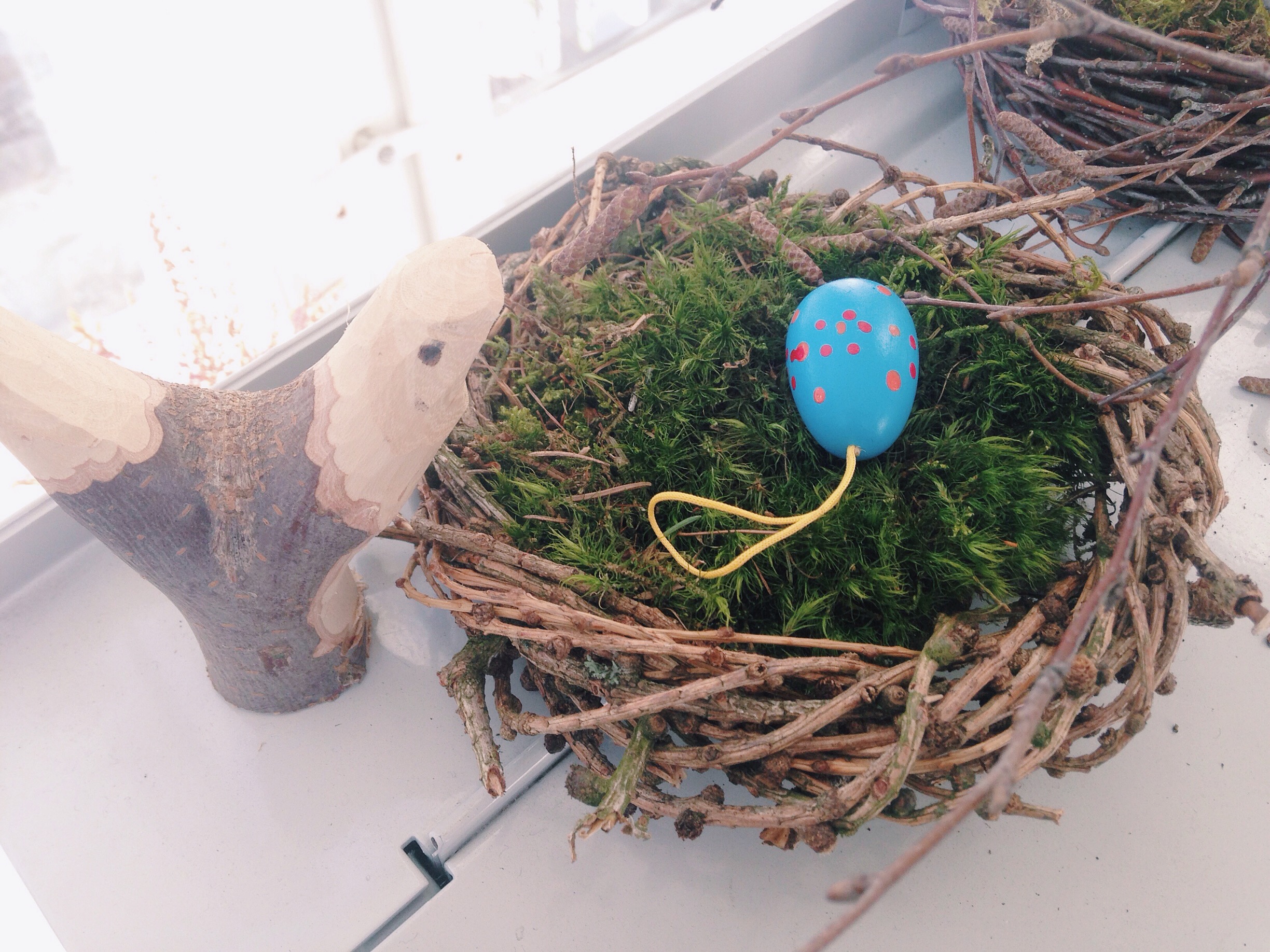 For us, we’ve become acclimatized enough to life here to know that the best way to celebrate something like this is to take it easy. We’re excited to have family in town and personally, I’m excited to have 5 days off of work. We have a few outings and a few walks planned and some special meals here and there but mostly, we’re just looking forward to being together, with no obligations other than to enjoy home, enjoy the weather, and enjoy each other. Isn’t that a real holiday after all?
For us, we’ve become acclimatized enough to life here to know that the best way to celebrate something like this is to take it easy. We’re excited to have family in town and personally, I’m excited to have 5 days off of work. We have a few outings and a few walks planned and some special meals here and there but mostly, we’re just looking forward to being together, with no obligations other than to enjoy home, enjoy the weather, and enjoy each other. Isn’t that a real holiday after all?
A plague seems to be upon our house – this weekend wasn’t the best. Not one but two sick kids and not sure if it was a stomach thing or a food poisoning thing or what. We hunkered down for the weekend for everyone to rest and get better, and gave our tot the day off from school today to recuperate, but three days indoors will have you craving the outdoors in no time at all.
Spring is a little slow in coming but it IS coming (right? RIGHT?) so we whittled away a few hours by making a list of some of the favorite playgrounds we’ve seen to start thinking about where to go back as the days warm up. I realized that we hadn’t shared yet our outing to Hundested Harbor, and the playground there, right in the middle of the harbor, is pretty cool.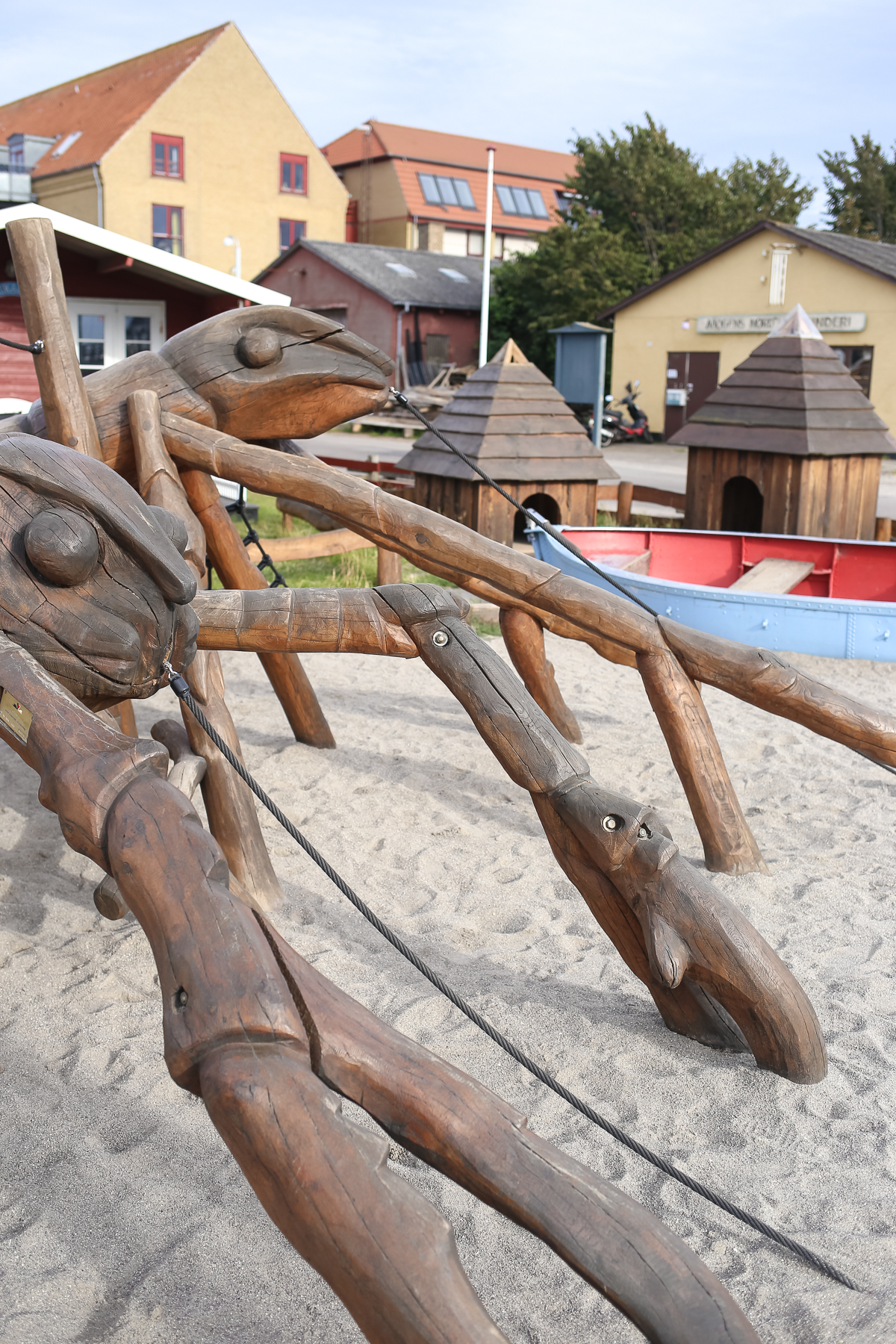 Not that you only need warm days for playgrounds. The great thing about Denmark is that you’ll find kids on them without much regard for the weather, but we do like to get out and about outside of the city, especially to the seaside towns, and we make more time for that in the summer. Hundested is effectively at the end of the Danish Riviera and we finally made it there at the tail end of the summer (though you wouldn’t have known it by our need of sweaters and puffer vests). It’s home to a little harbor, a small collection of artists stores and residences, a few waterside eateries (including a great little brewery restaurant) and this pretty cool playground.
Not that you only need warm days for playgrounds. The great thing about Denmark is that you’ll find kids on them without much regard for the weather, but we do like to get out and about outside of the city, especially to the seaside towns, and we make more time for that in the summer. Hundested is effectively at the end of the Danish Riviera and we finally made it there at the tail end of the summer (though you wouldn’t have known it by our need of sweaters and puffer vests). It’s home to a little harbor, a small collection of artists stores and residences, a few waterside eateries (including a great little brewery restaurant) and this pretty cool playground.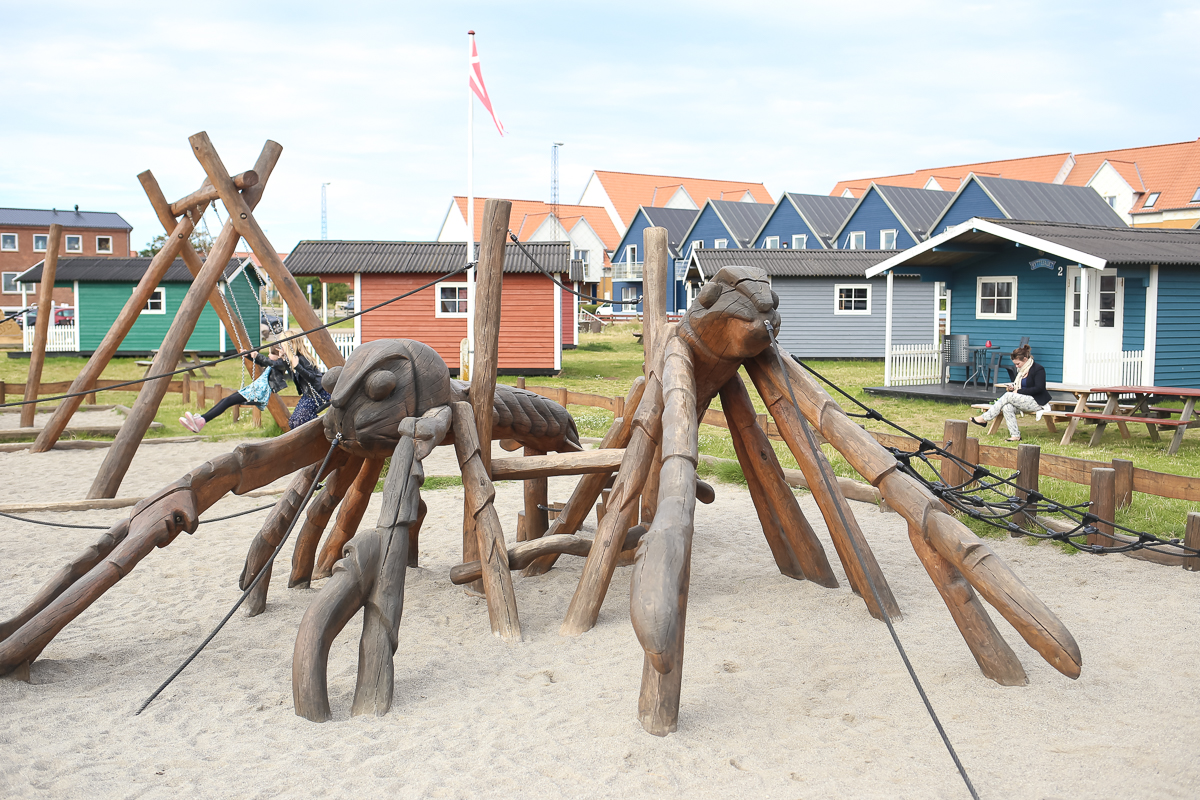 It’s not huge but it is pretty lovely. And funny. I mean, whoever built this life-sized lobster trap (eel trap?) for kids is a winner in my book. I don’t think this kind of thing flies in the US, but it had me double over laughing. The kids all climb in it but since they’re all moving around to keep their balance, the trap keeps rolling around like one of those old-school bingo ball baskets. So the kids are playing, and balancing, but they’re also hopefully learning a little bit about what used to be the mainstay of the former economy of the town. Bonus says the international economics degree holder.
It’s not huge but it is pretty lovely. And funny. I mean, whoever built this life-sized lobster trap (eel trap?) for kids is a winner in my book. I don’t think this kind of thing flies in the US, but it had me double over laughing. The kids all climb in it but since they’re all moving around to keep their balance, the trap keeps rolling around like one of those old-school bingo ball baskets. So the kids are playing, and balancing, but they’re also hopefully learning a little bit about what used to be the mainstay of the former economy of the town. Bonus says the international economics degree holder.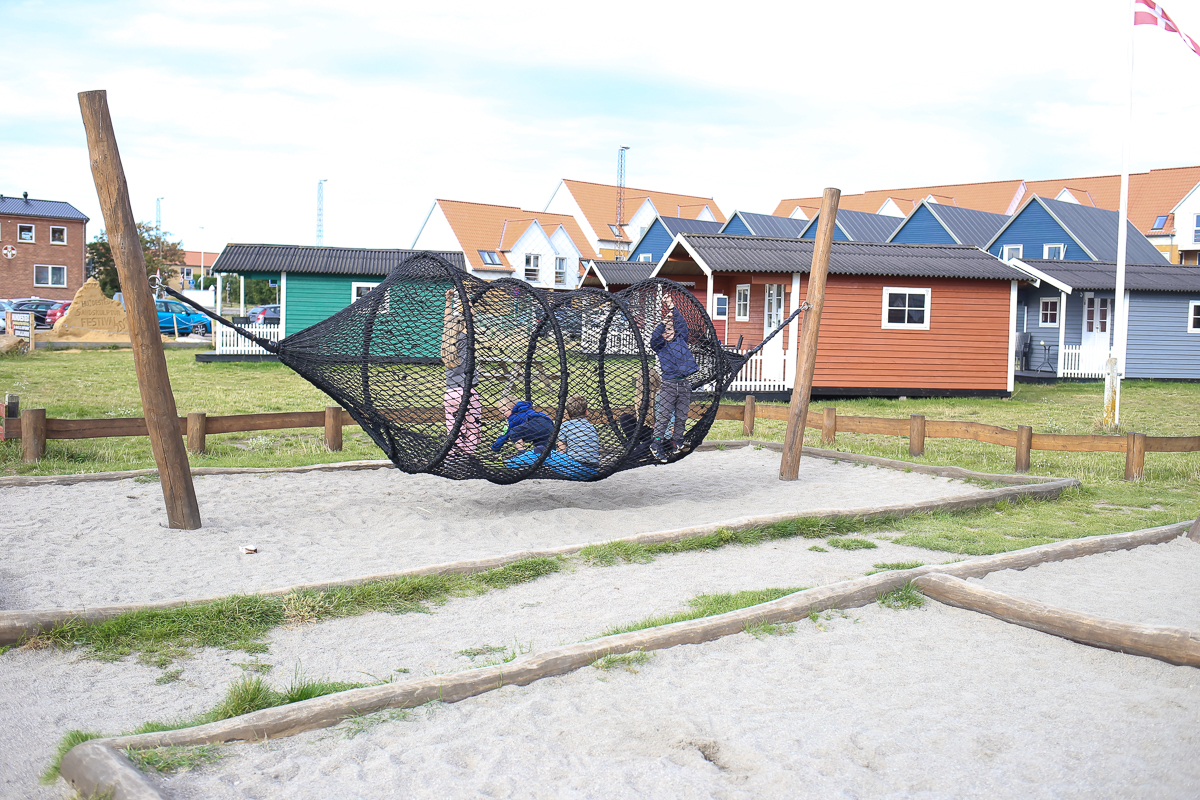
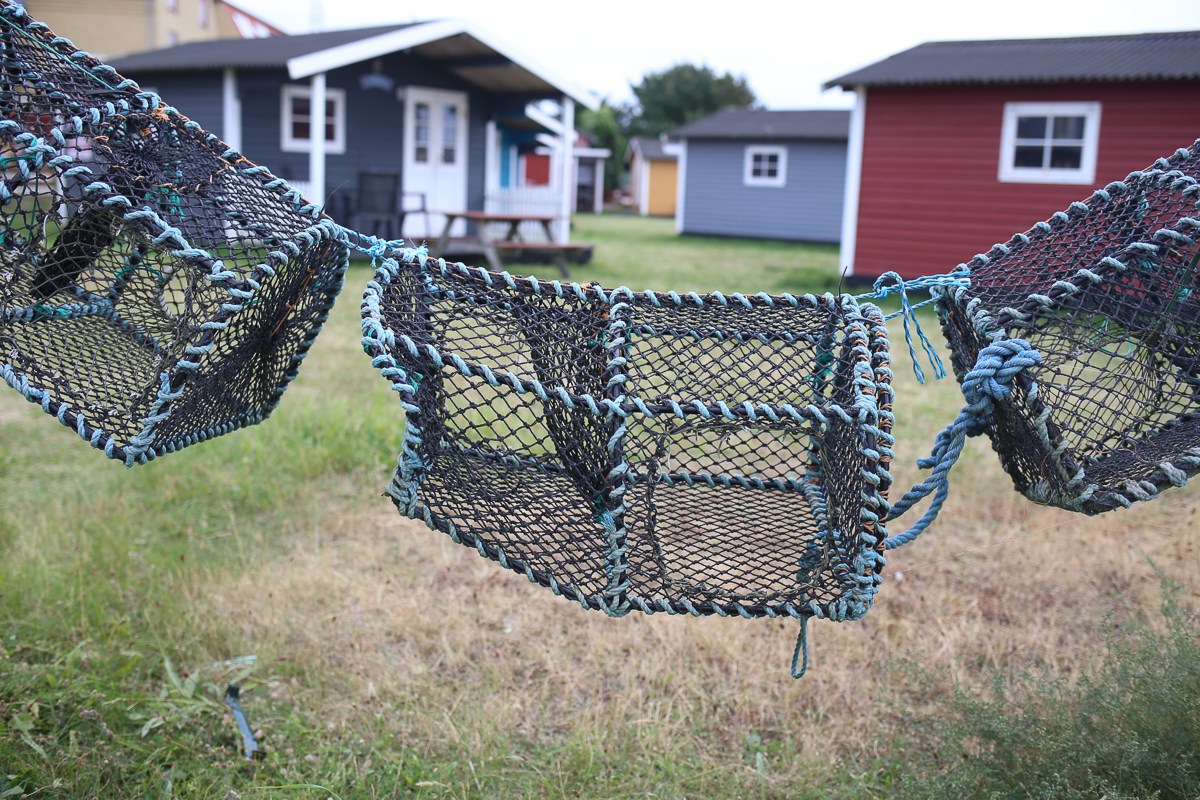 Next up, the carved, wooden sculptures/climbing structures of other lobster-type bottom dwelling crustaceans. No garish primary colors on this one – just structures that through their natural shape gave kids plenty of places to climb on, and natural color complements all the painted vacation rental houses behind the playground. She fell of these lobster prawn things a lot since they were rather slippery, but when she finally made it to the top, we had a hard time prying her off of it. I loved the little brass plaques on the structures saying who carved each one and when… Maybe I’m a bit hokey but it felt kind of nice to think that your child was playing on something that was clearly thought through and built by an actual person.
Next up, the carved, wooden sculptures/climbing structures of other lobster-type bottom dwelling crustaceans. No garish primary colors on this one – just structures that through their natural shape gave kids plenty of places to climb on, and natural color complements all the painted vacation rental houses behind the playground. She fell of these lobster prawn things a lot since they were rather slippery, but when she finally made it to the top, we had a hard time prying her off of it. I loved the little brass plaques on the structures saying who carved each one and when… Maybe I’m a bit hokey but it felt kind of nice to think that your child was playing on something that was clearly thought through and built by an actual person.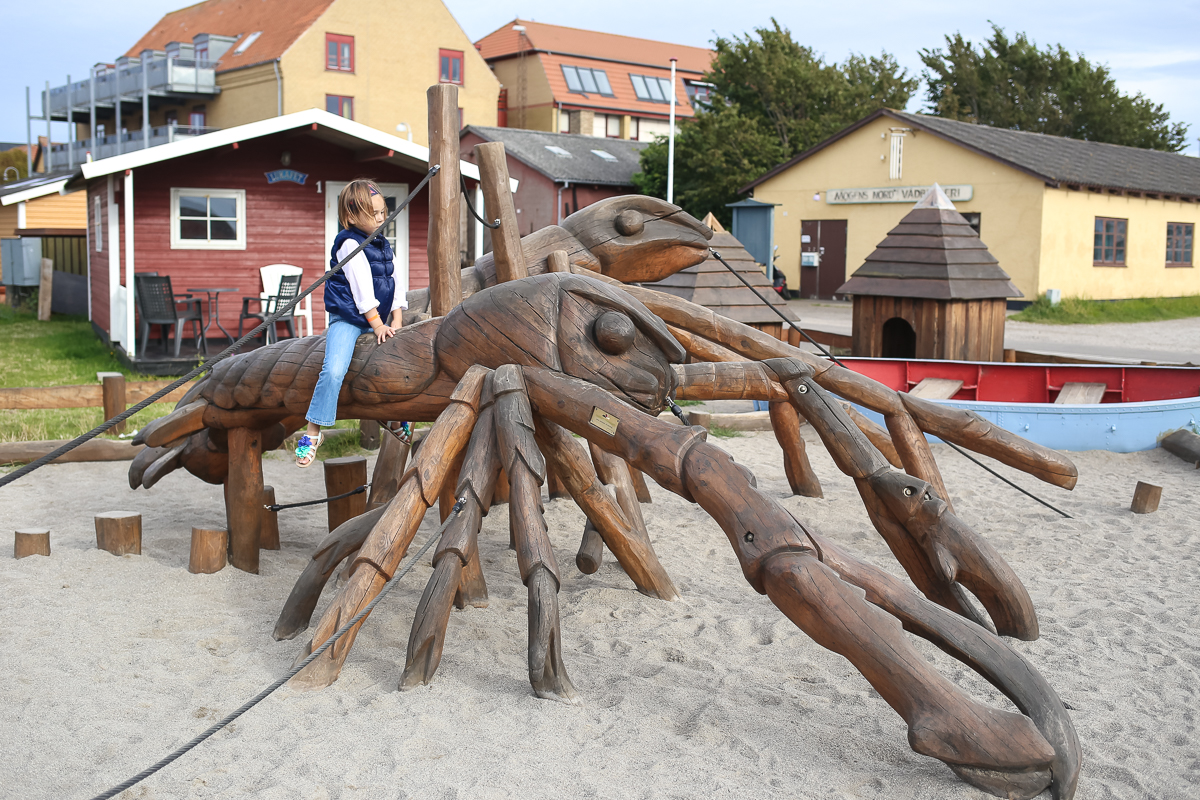
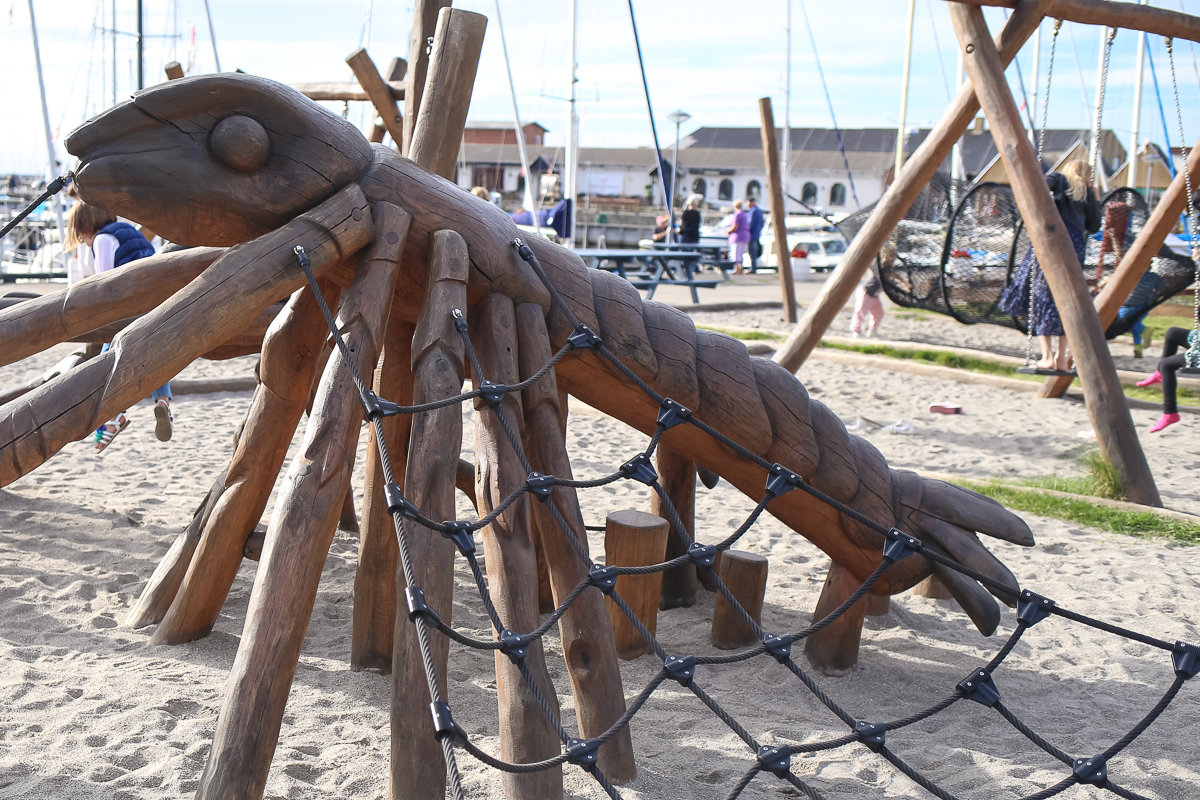 Swings…sandbox…those are more standard…
Swings…sandbox…those are more standard…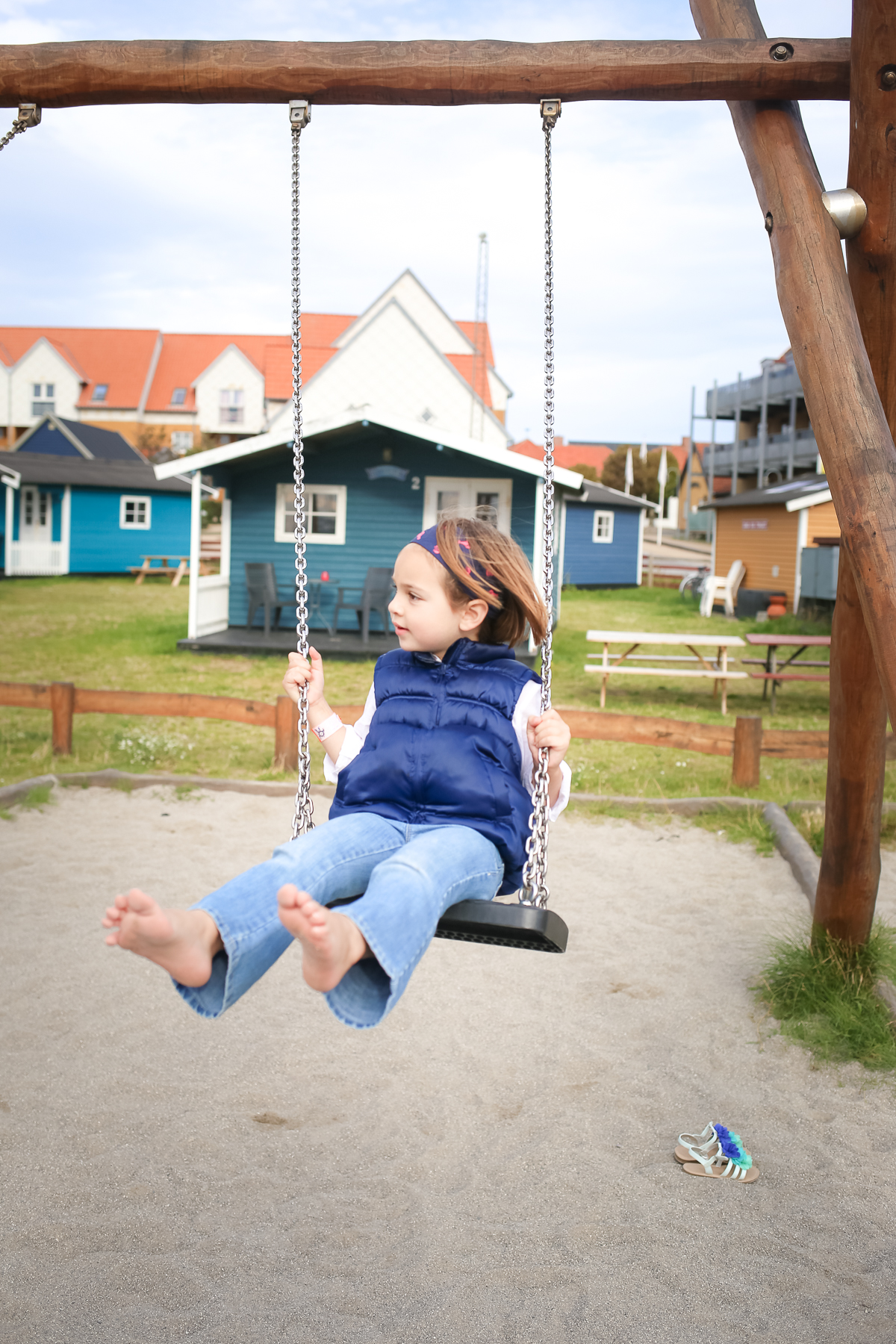 Ropes are also pretty standard around here…first kids learn balance just by walking on them and holding on to the higher one. But it doesn’t take very long for them to figure out how to climb up and down them, scurrying around like little castaway rats trying to hitch a ride into the next port. Also, given that our daughter can now basically stand on one while lifting herself up on to the other one as both ropes move was a sore reminder to myself that perhaps some sit ups are in order. Not for her, for me. I can only dream to have that kind of core strength one day.
Ropes are also pretty standard around here…first kids learn balance just by walking on them and holding on to the higher one. But it doesn’t take very long for them to figure out how to climb up and down them, scurrying around like little castaway rats trying to hitch a ride into the next port. Also, given that our daughter can now basically stand on one while lifting herself up on to the other one as both ropes move was a sore reminder to myself that perhaps some sit ups are in order. Not for her, for me. I can only dream to have that kind of core strength one day.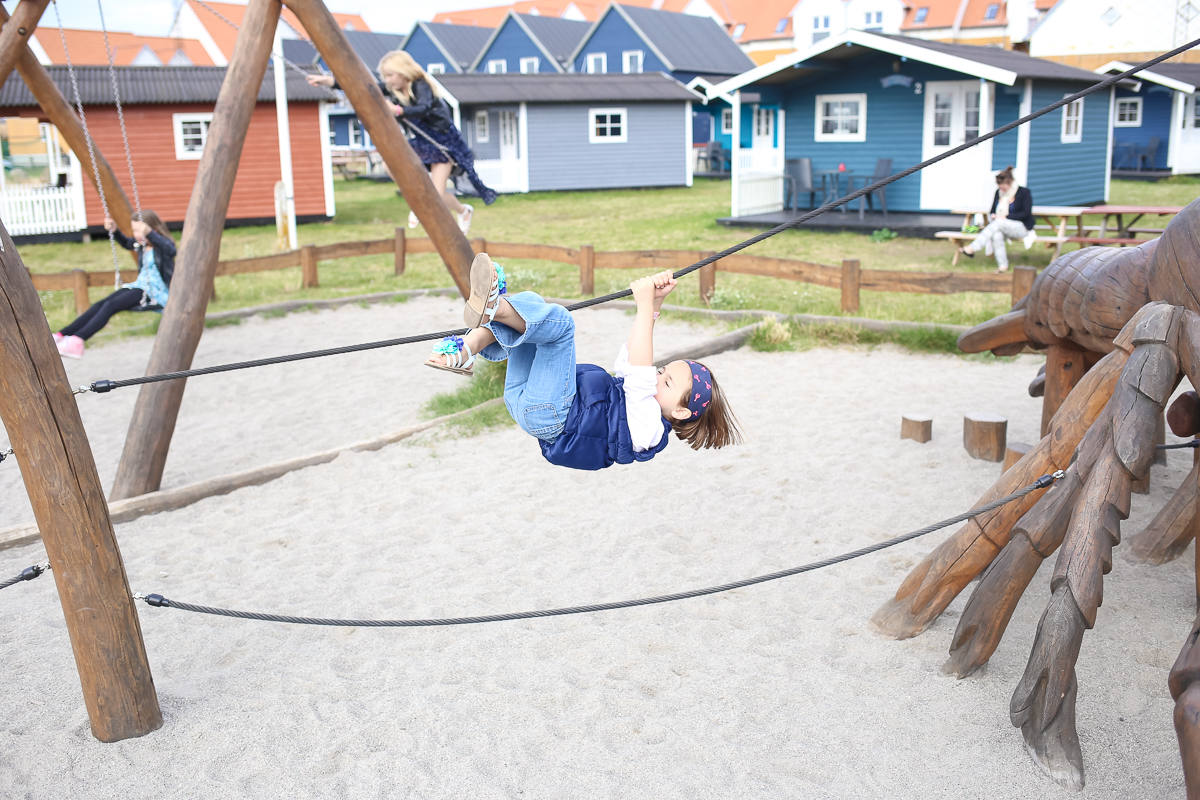 In the end of the day, playgrounds here have what all good playgrounds have – lots of fun and lots of places to play.
In the end of the day, playgrounds here have what all good playgrounds have – lots of fun and lots of places to play. 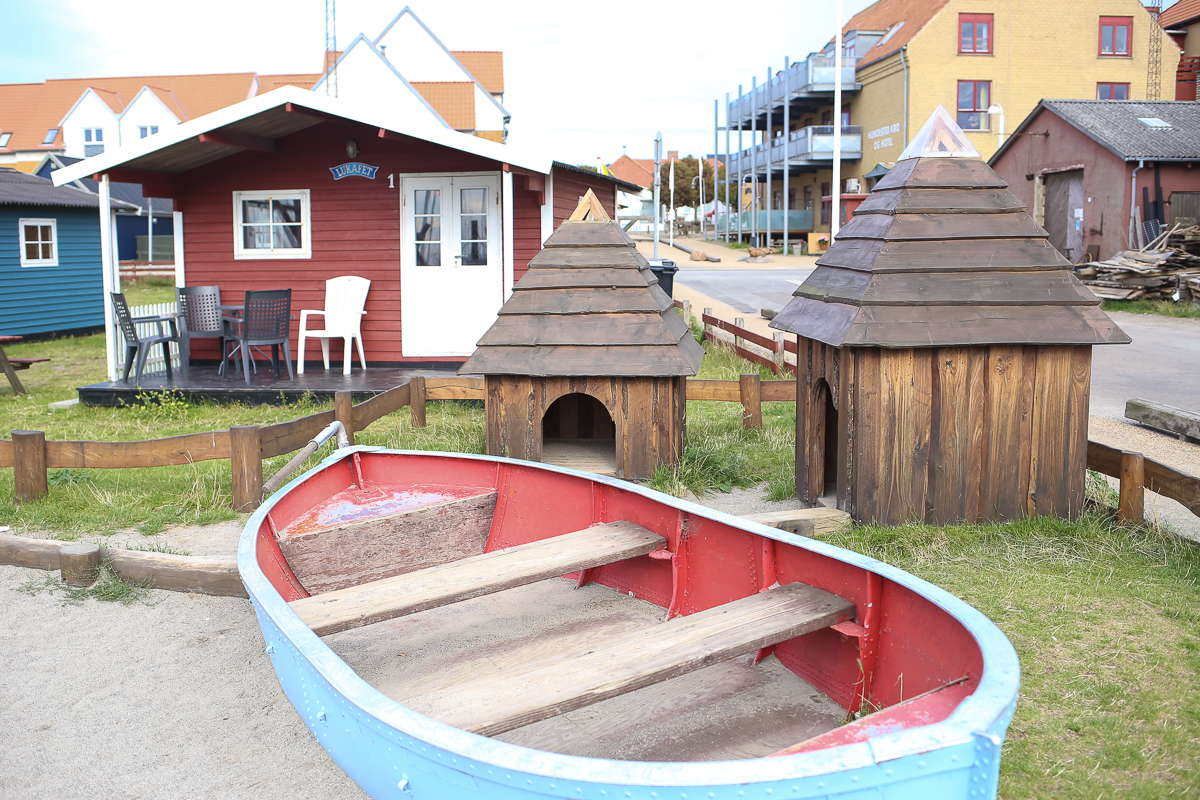
As a parent, that’s all you can ask for – but a lovely view of the boats coming into the harbor doesn’t hurt either!
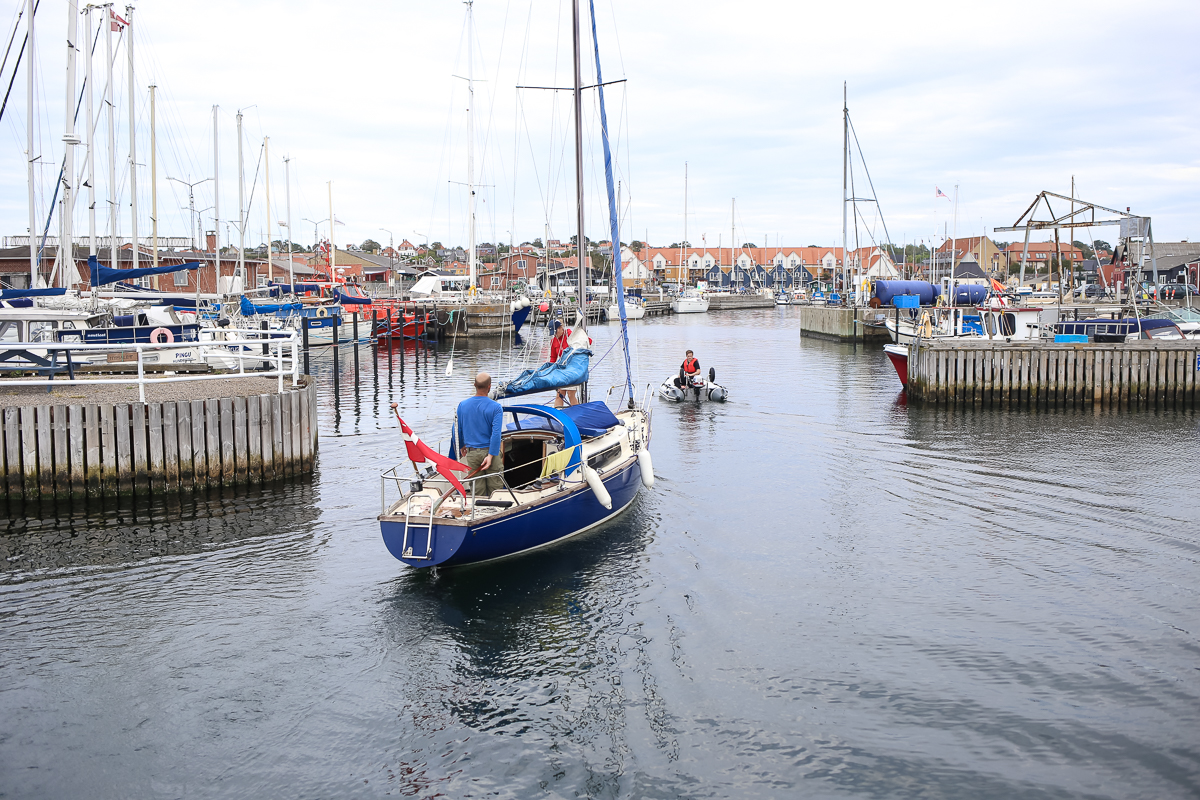
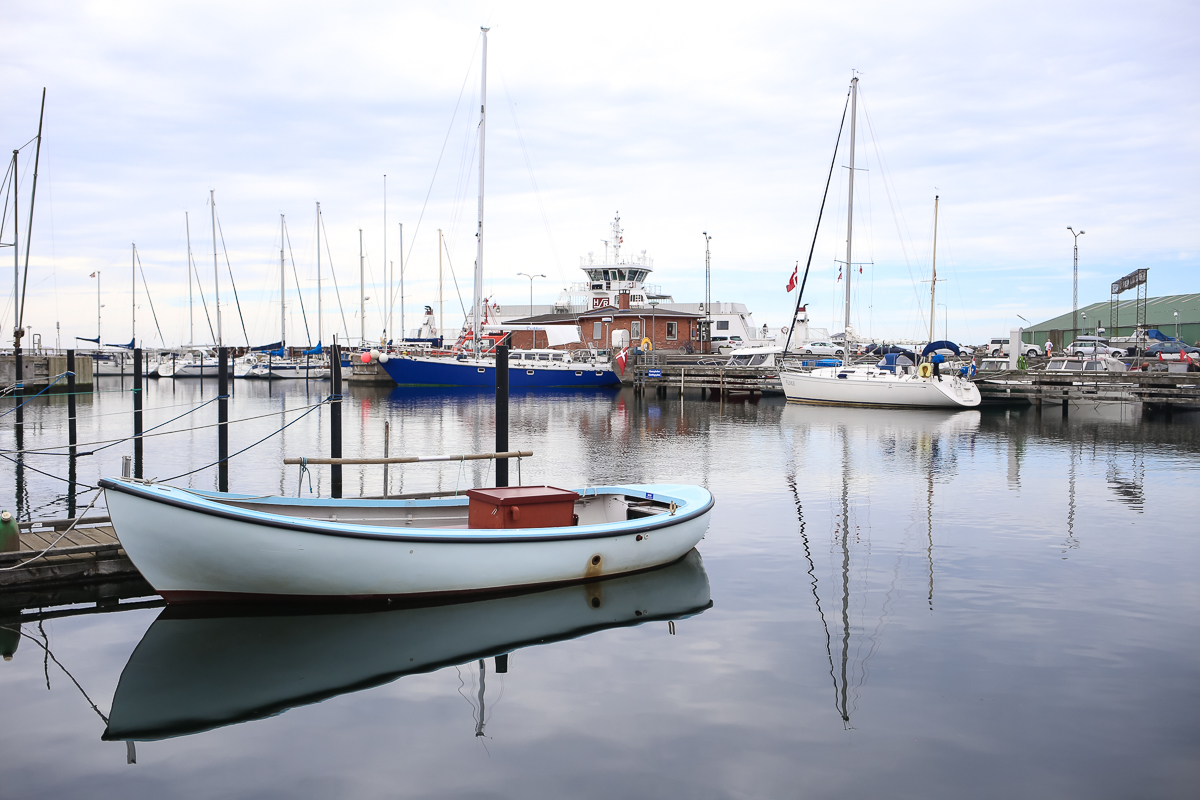
Arriving as an expat in Denmark, it’s easy to be lured into thinking that things will be smooth sailing. People speak English! People are friendly! Everything works! But after a bit of time in the saddle, you also start to realize that actually, if you’re not Danish, you’re kind of an outsider. And it takes time – lots and lots of time – to get a little closer to the inside.
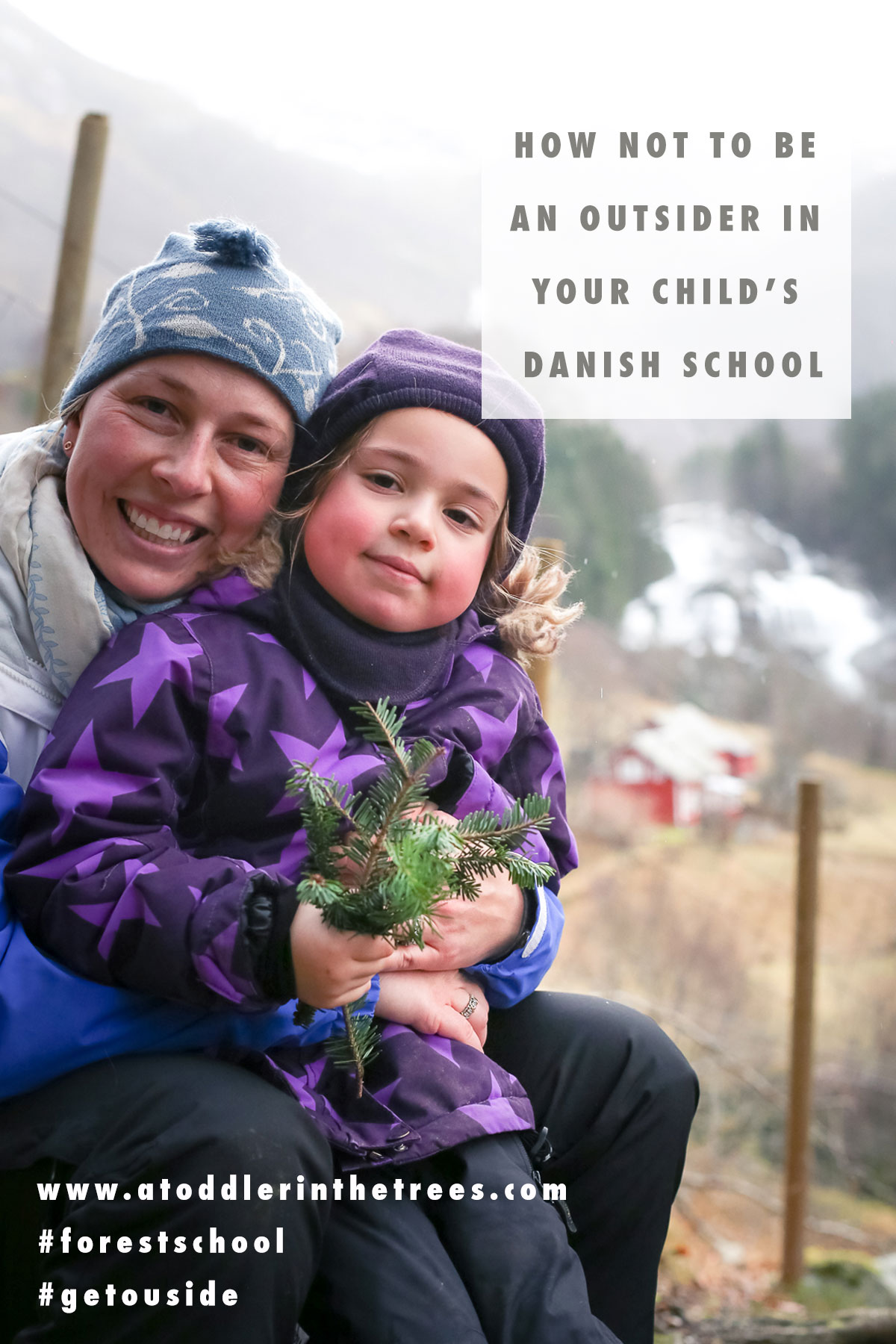
This isn’t a judgment on whether this is a good thing or a bad thing since I can see it a number of ways. It’s just as from my own experience, I started to notice that there are a lot of things that no one really tells you. Yet somehow, everyone else knows them. Or seems to anyway. It must have taken me a year to figure out that there is a fruit time in the afternoon that you have to pack a separate fruit case for; even longer to figure out that a few Friday’s a year, you’re supposed to volunteer to bring fruit for the whole class. And even longer to figure out that actually, you’re also supposed to bring a nutritious bread along with that fruit. No one really takes you through all the things that you need to know, most people seem to know them – or learn them a lot quicker than I did, anyway.
At our school, we’re changing the tide on some of that – as it turns out, once I started speaking up about not knowing about one thing or another, there were other parents in the same boat. It’s not just the outsiders that are on the outside! So we’re trying to do a better job of welcoming new parents to fill them in on what’s what at the school.
However, I also came to terms with the fact that part of the reason I was on the outside was because I made myself comfortable there. It was easy sometimes – especially on the harder days, the more tired days, the rainy days – to just shrug your shoulder and think, “I don’t know, I’m not from here.” To change that, the school could really only do so much; some I would have to set out and learn for myself.
Our first year here my corporate schedule was a killer – it was not uncommon to be traveling 3-4 days a week even though I was doing my best to be involved. That probably explains why it took me so long to learn basic things. But still, I wanted to make a change so I thought I’d list out a few of the ways that helped me be more involved and more in the know in our daughter’s Danish school. After all, this was her life now, and I had to at least try to be part of it. Some of the things that enabled that, like maternity leave time, are circumstantial, so not everyone will be able to do them at any time, but if you are a foreigner and have a child in the Danish school system, try to look for ways just beyond the circumstance to get involved. I promise, it makes a big difference.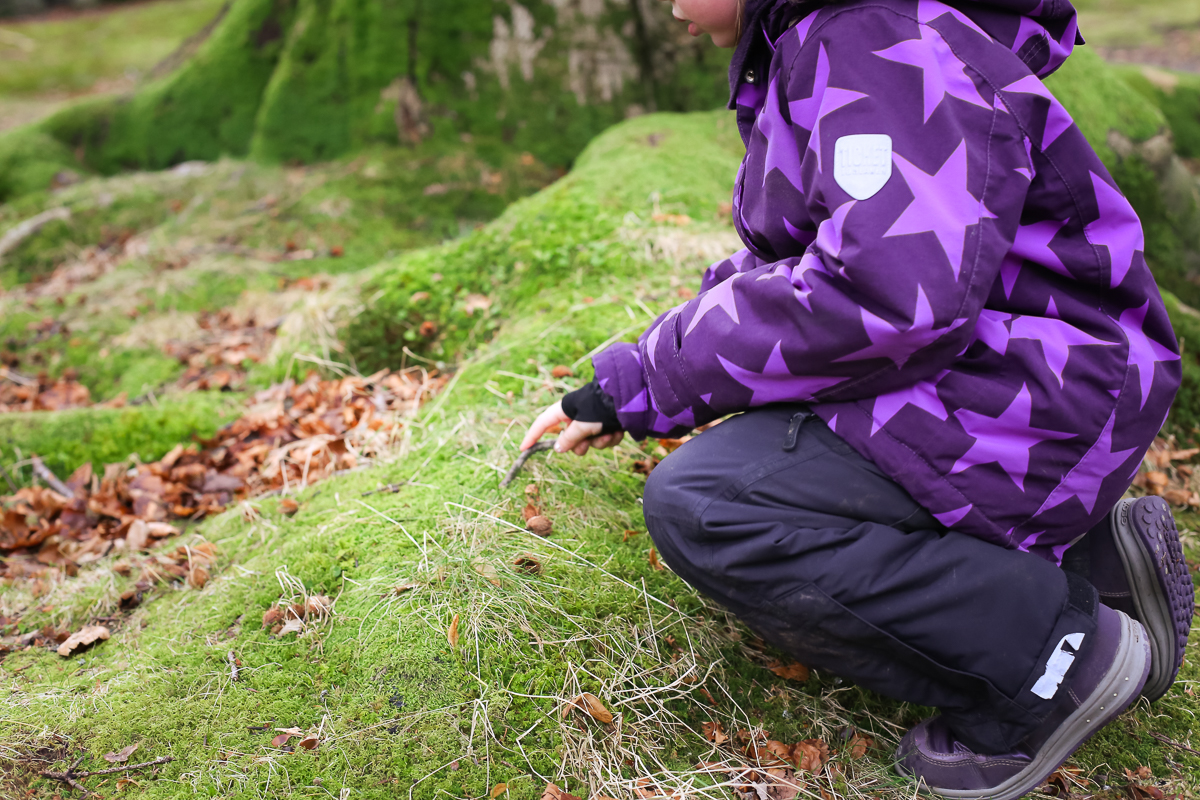
Ask more questions
Perhaps the simplest thing anyone can do. It’s hard with this one because sometimes the American tendency is to ask a barrage of questions, especially up front, and it can appear to come from a posture of offense, putting them on the defense. A lot of things will come out of the woodwork if you just ask from a point of natural curiosity. Once you get settled into the daily routine, continue to ask natural questions. Not as an interrogation, but as a conversation. Plus, I guarantee that somewhere is the parent of another student who has the same question.
Ask questions to other parents
If you find that the school sometimes is busy or non-responsive, ask some of the other parents as you catch them on pick up or drop-off. People were always friendly at our school but everything was always quite perfunctory. I noticed if I made a little more effort towards a brief, efficient conversation, I could sneak in a question or two. Often times, another parent had a same question. First, it helped us share information; second, it gave us a little more of a relationship beyond just the “drop off hello”, and third, on the things that we really saw were common threads, we decided to change the way we went about it in our own school community which benefited the group as a whole.
Invest some time
The long and short of it is that it takes a really long time not to be considered an outsider. In fact, your child will probably reach the status of insider long before you do (if you do at all). Again, not a judgment here, just a bit about what’s been our experience. But, things can really change if you take the time to learn about how they do what they do and why they do it. What ended up shifting that for me was my year of maternity leave. Because I was around, I had a lot more time to observe, be involved, and also just to be seen on a regular basis by those at the school. I also set aside some time to undertake some of the things below – it doesn’t have to take a ton of time, but it does need to be consistent.
Schedule playdates
It probably took us a solid year and a half before someone invited my daughter over for a play date, but then again, it was a year before we asked someone over to ours. In retrospect, I wish I had done it sooner. It’s hard in the daily grind when you have work and travel and this and that and the other, but having playdates really does pave the way for children to make friends faster in their school environment. It’s interesting because in the US, it’s often the new person that gets invited first simply because they are new. But here our experience has been that the new person needs to invite first. Take the first step.
Volunteer a little of your own culture
At some point, you come to terms with the fact that you will never be entirely Danish, which is actually a lovely realization because you see how there is room for your roots and your new home at the same time. One of the things that really made a difference was when we offered to share some of those roots. We invited the class over to the American Embassy for a visit, we hosted a Halloween get together, we brought in a copy of the Gruffalo’s Child for the English reading hour… little things that would allow the school to see that we’re a little different but that’s okay.
Tag Along
In many preschools, parents are there for the first couple of days and then you don’t get too much involved in the day beyond that. But our school actually encourages parents to come back after a year or so and “tag along” so that you can really see how far your own child has come. I did it right at the tail end of my leave and was truly amazed, just as they promised. But I also learned a lot about their day and their structure and their cadence in way that was quite different during those overwhelming first days. It answered questions I didn’t even yet know I had.
Join a Parent’s Group
At our school, there is a big annual parents meeting in September. They were taking volunteers for the “lokalrad“, the equivalent of the PTA, and takers were few. I didn’t dare raise my hand because I don’t speak Danish but since silence filled the air, I went for it. It scared me to do it, just like I’m sure it scared them to accept me. But the group has been great with being flexible on language (one of the parents often translates for me at meetings and my friend google translate fills in the rest), and I hope that I’ve been able to contribute my share with volunteering and organizing efforts, and ideas. What I lack in language, I can hopefully make up for with some enthusiasm and elbow grease, and it’s been a wonderful learning experience.
Use change as an opportunity
Lastly, one of the biggest things that shifted in our school was something completely external to me. We had a change in directorship. While that dust settled, it paved the way for some overall changes in communications, structure etc, and many of them for the better. The change itself didn’t have anything to do with me, but often times, when there is a bigger change going on, there are a lot more natural opportunities to speak up, ask questions, get involved…in short, to do more of what’s already on this list. Keep eyes and ears out for any changes that might be on the horizon, there’s a chance that it might just open up the door a little wider.
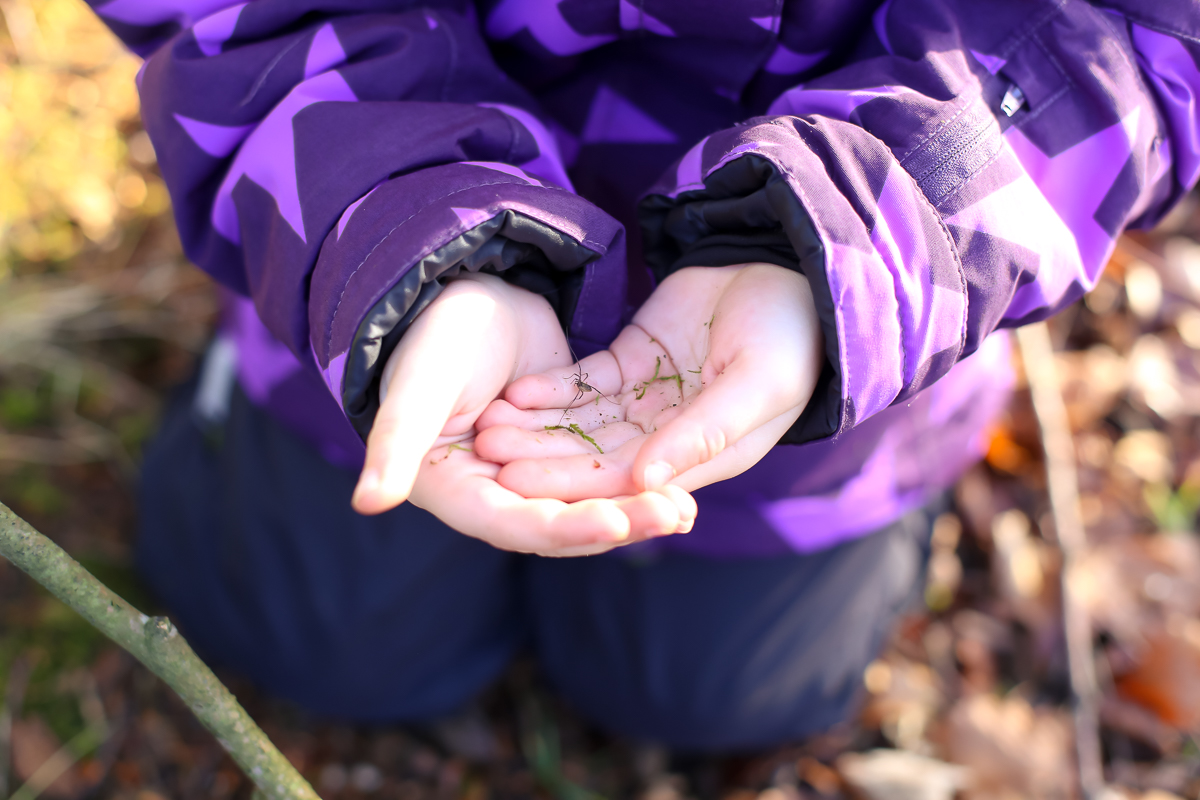
So that’s a little bit about our experience and what’s made it easier over time but I’d love to hear from others, did you feel like an outsider at all with your kids in Danish school? Any tips of your own you’d share with other parents?